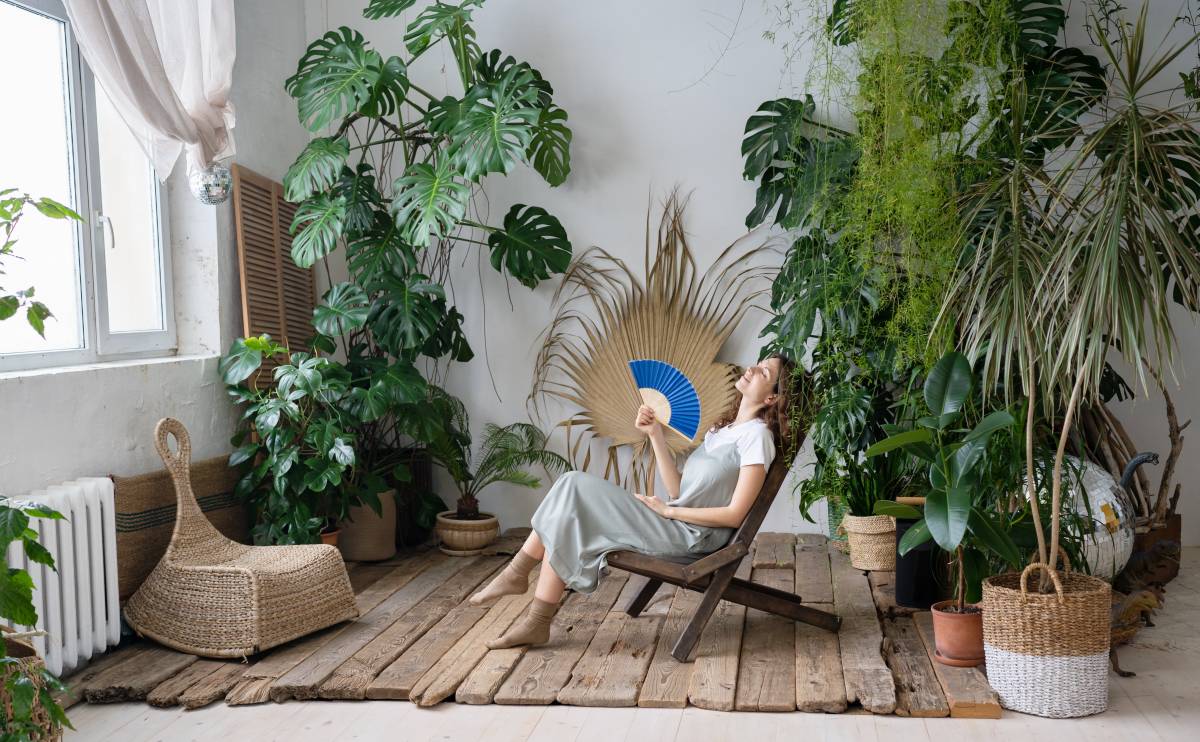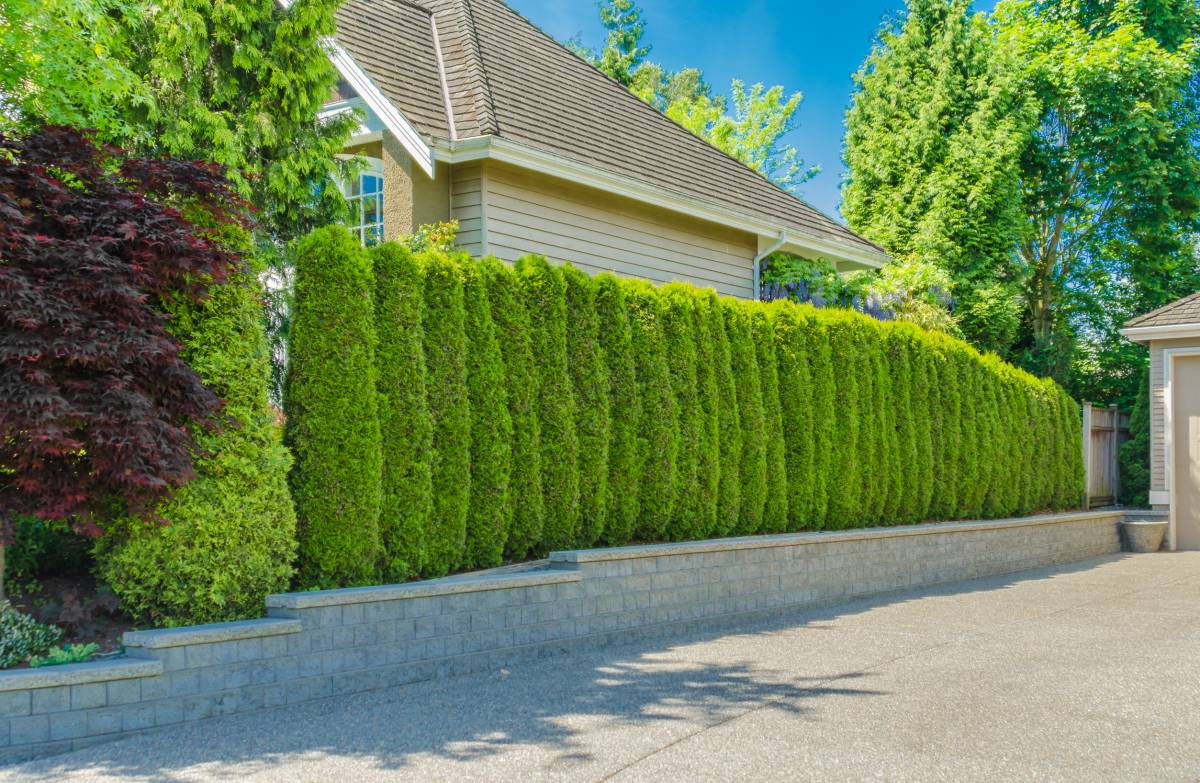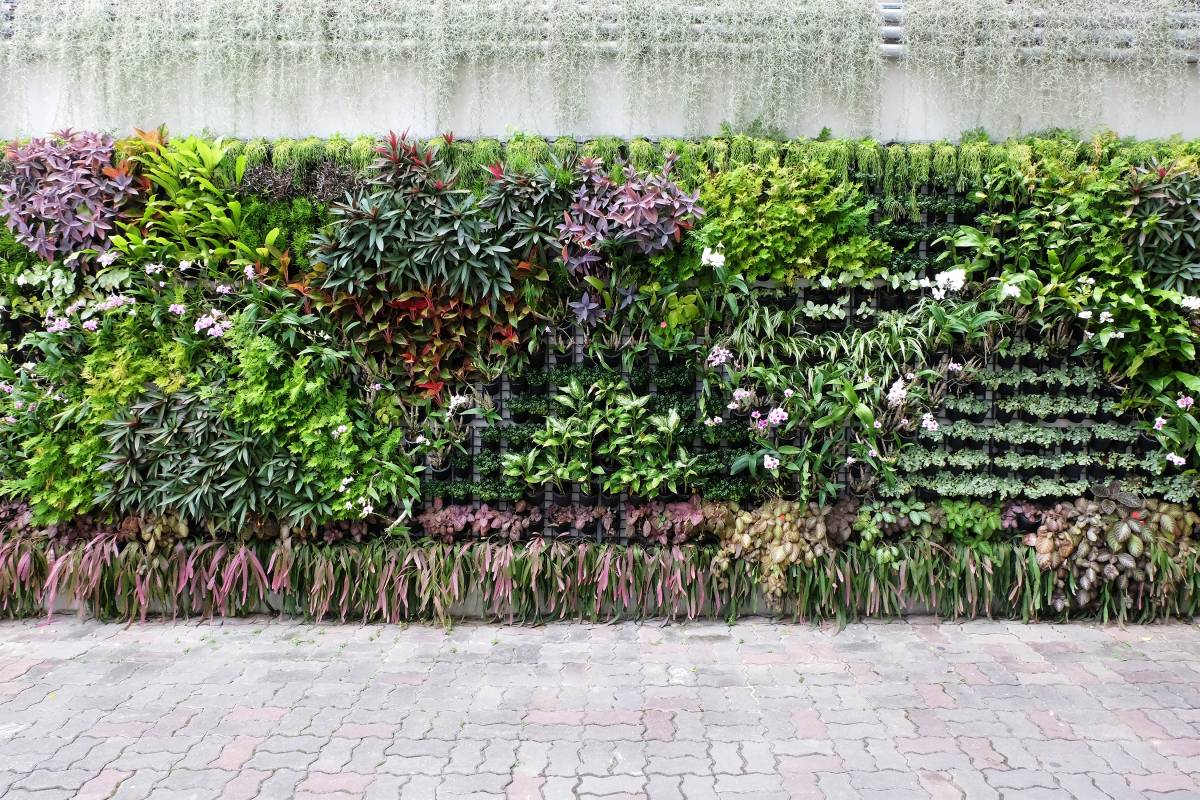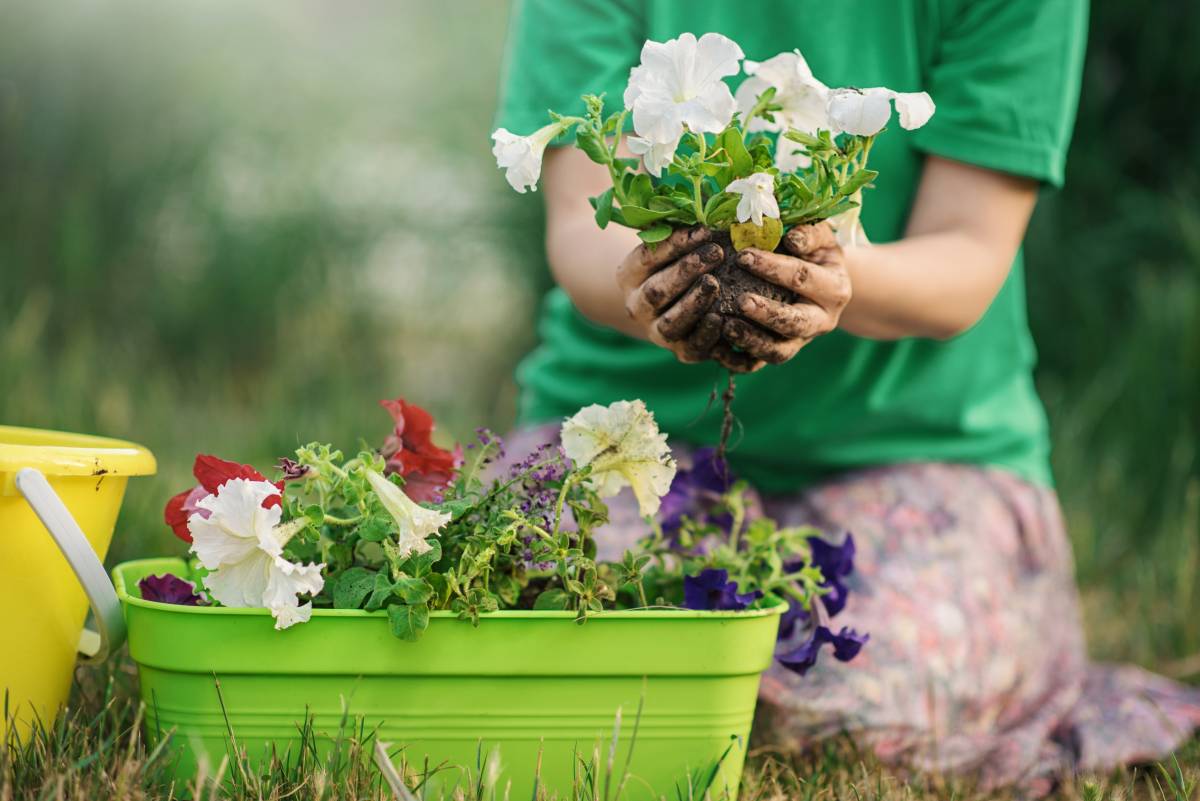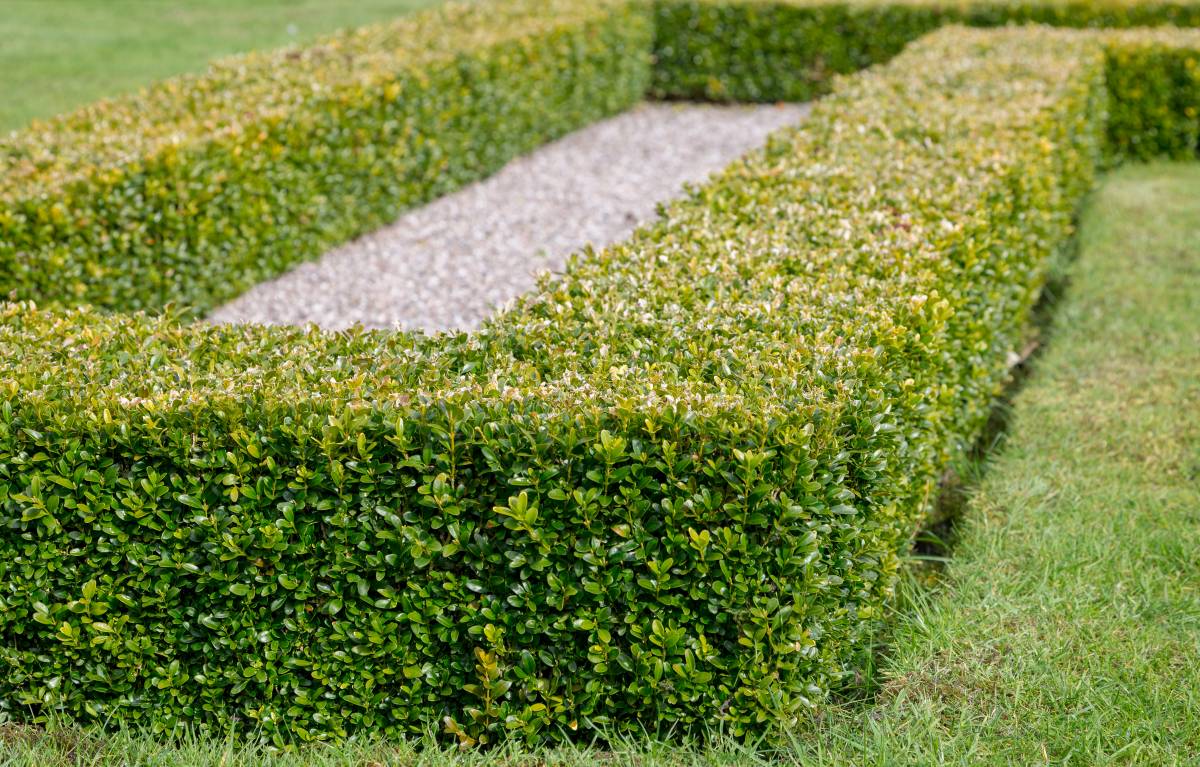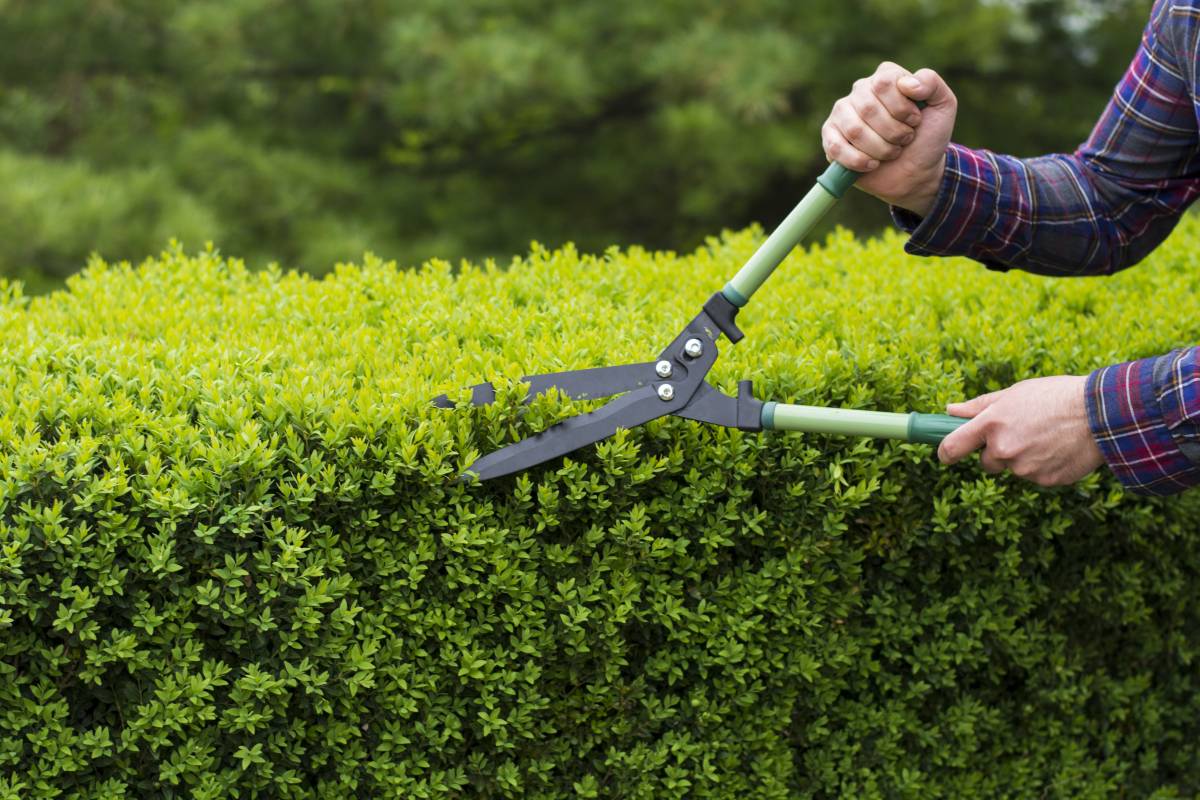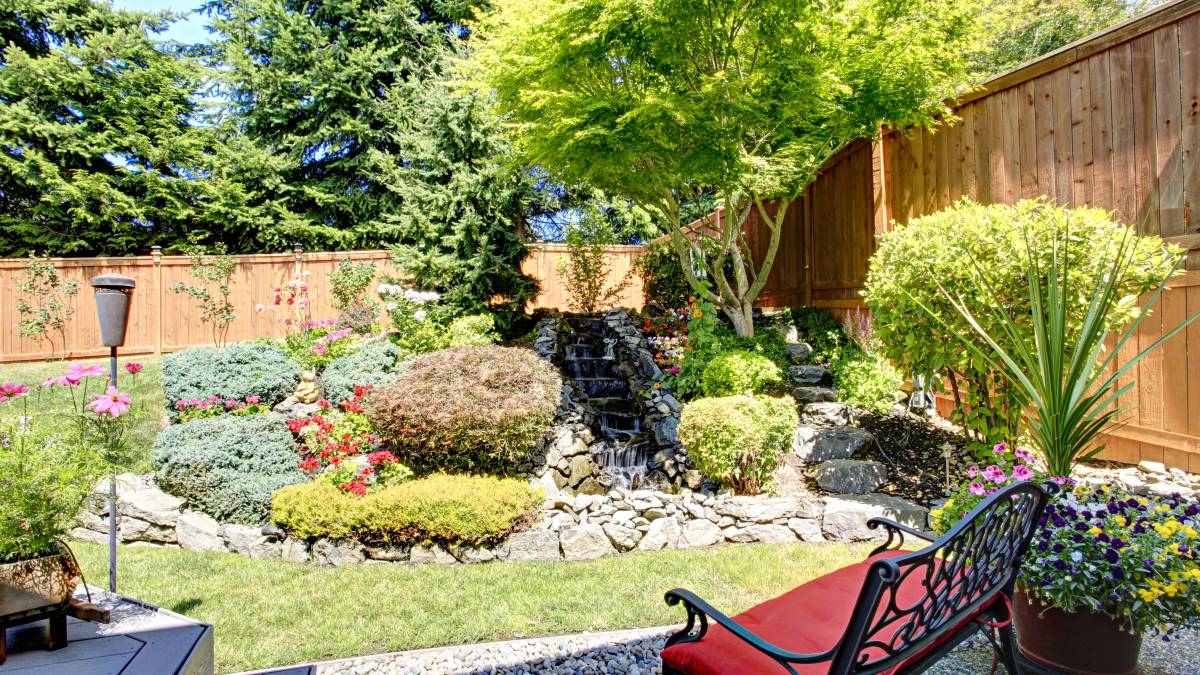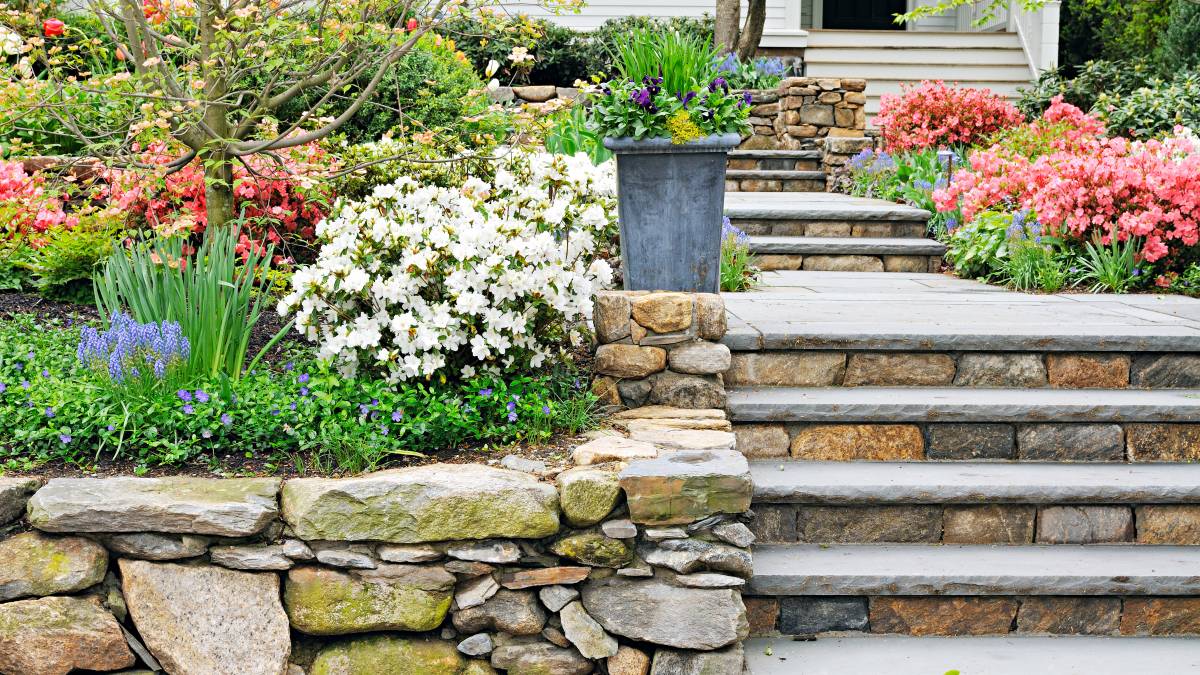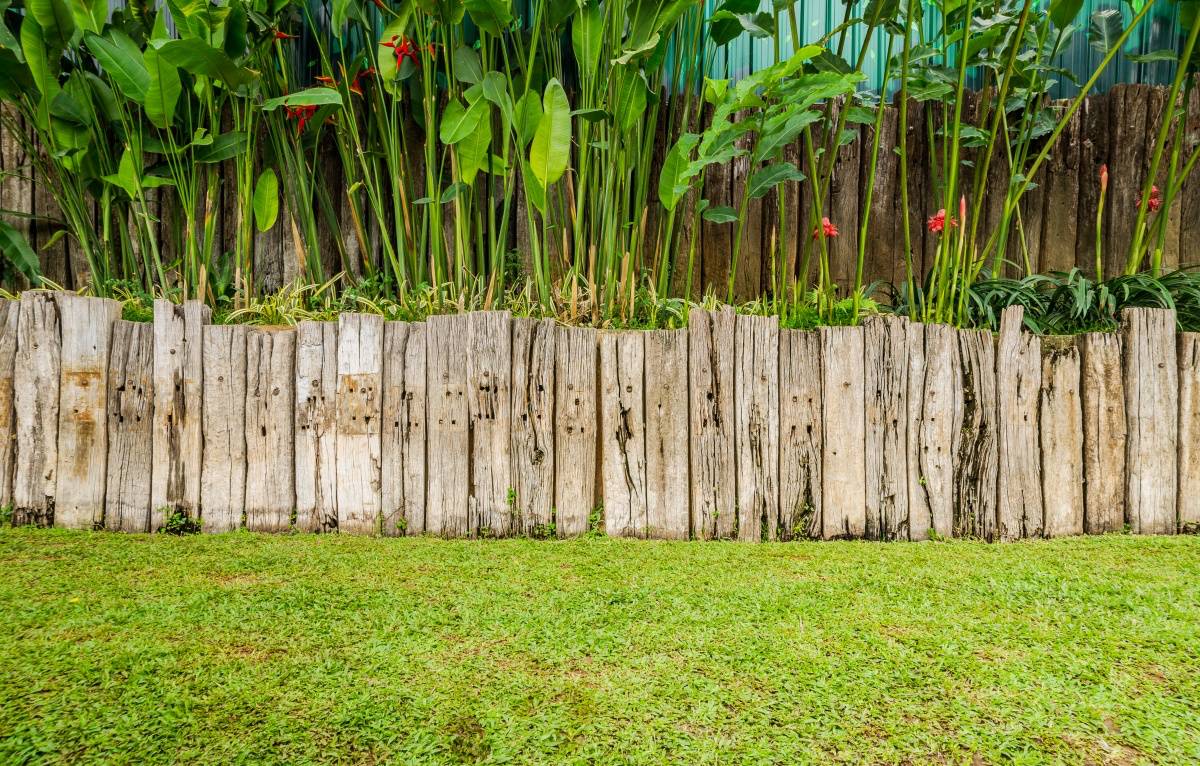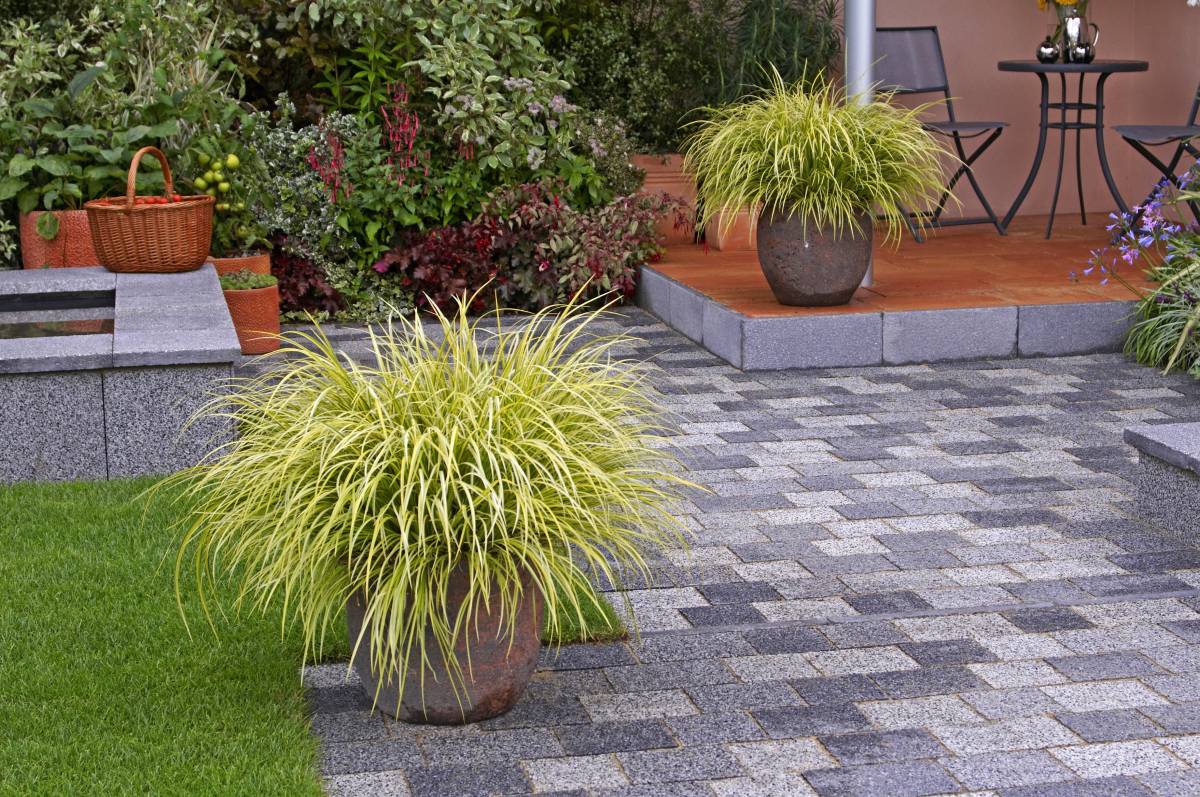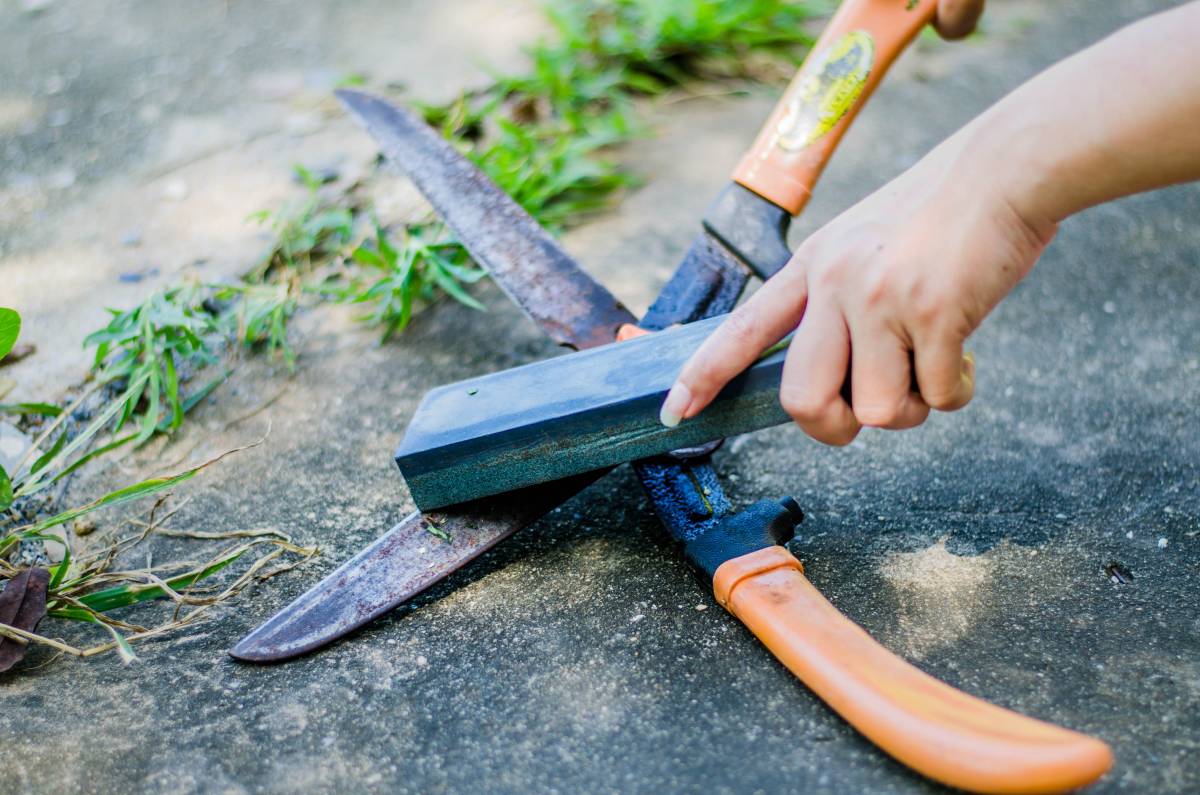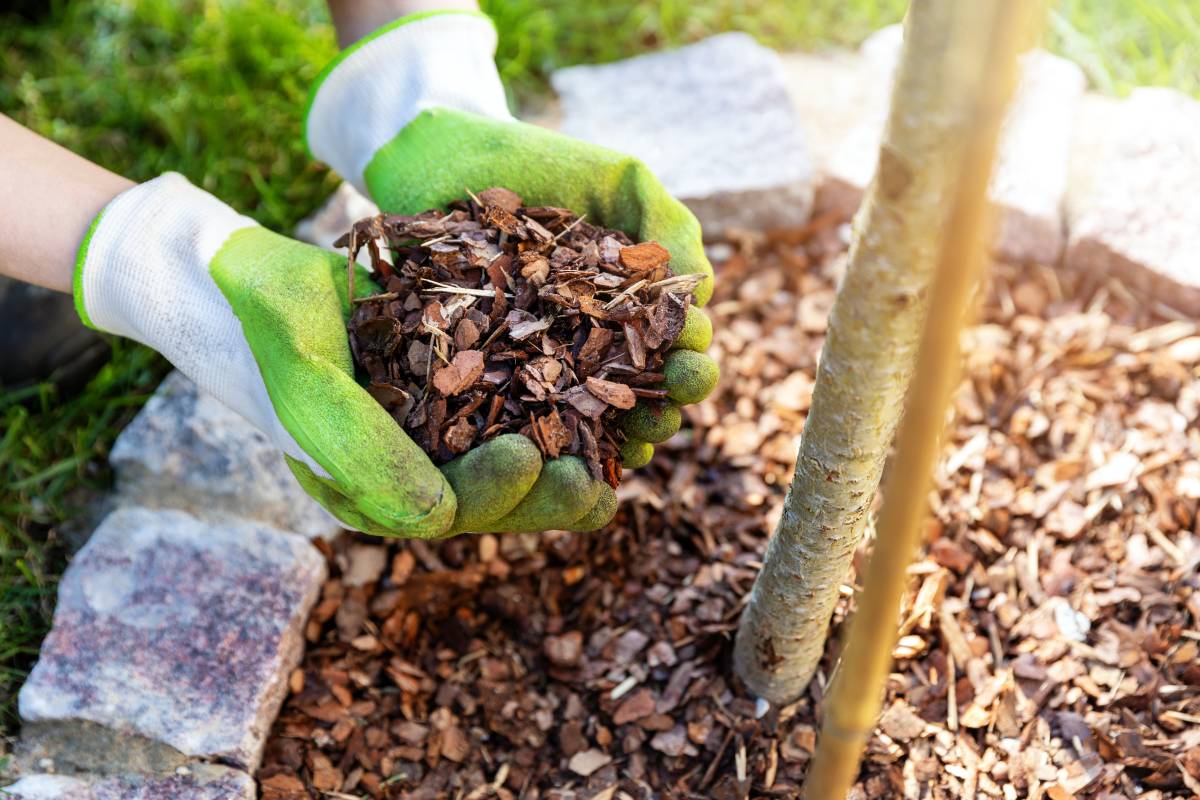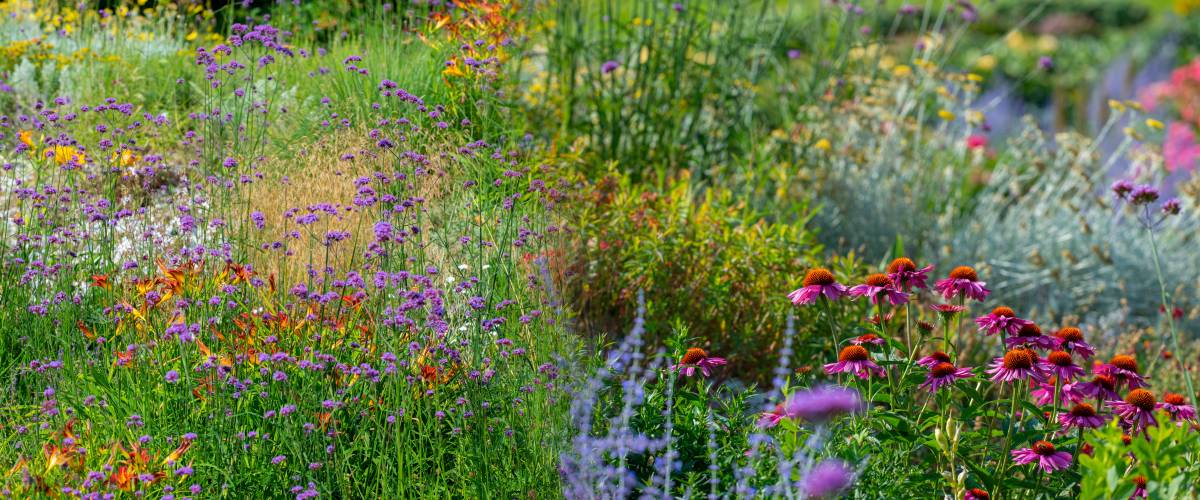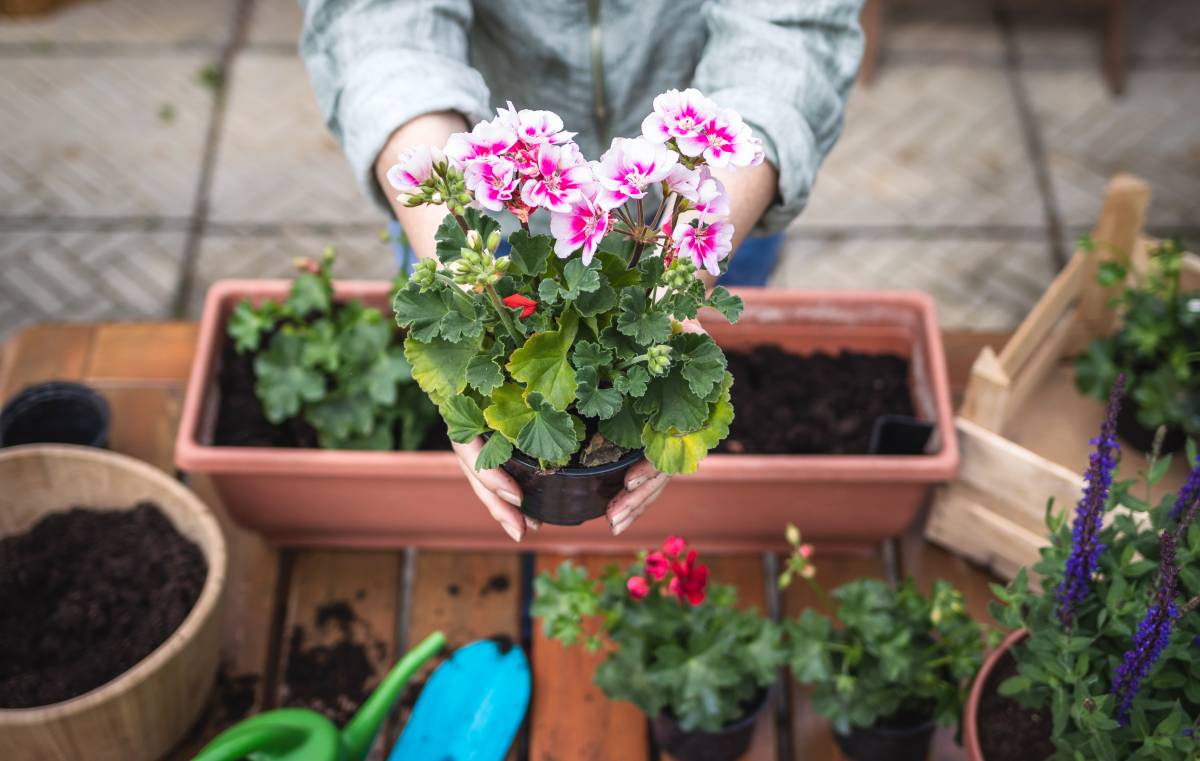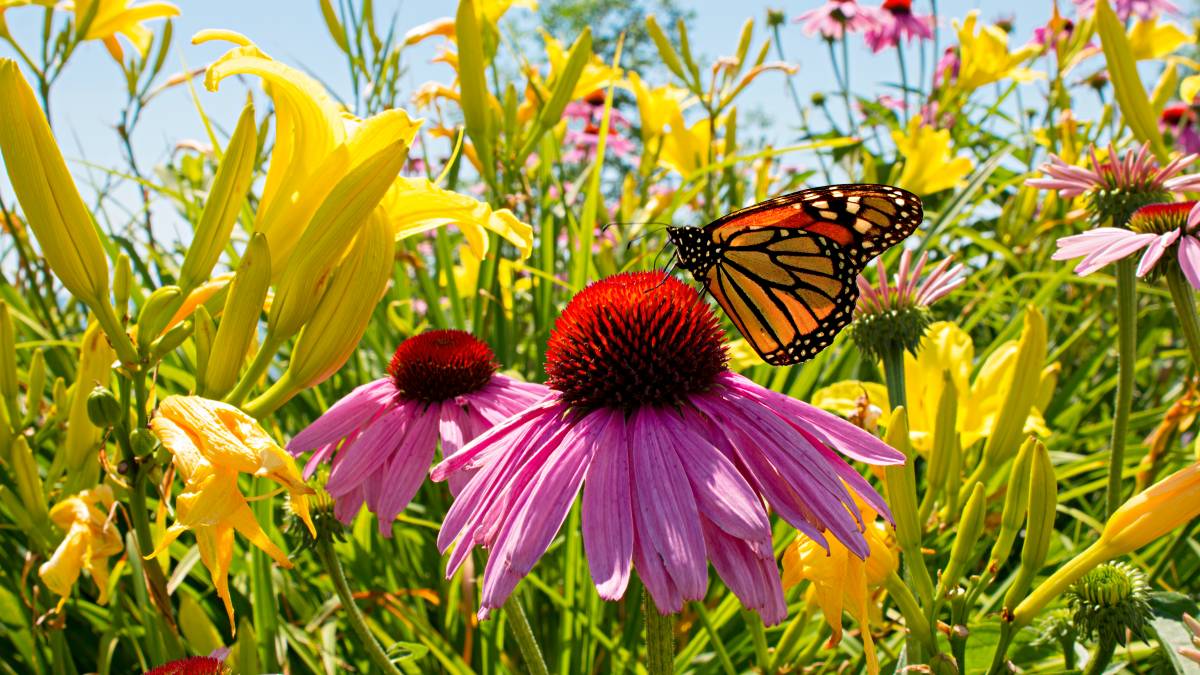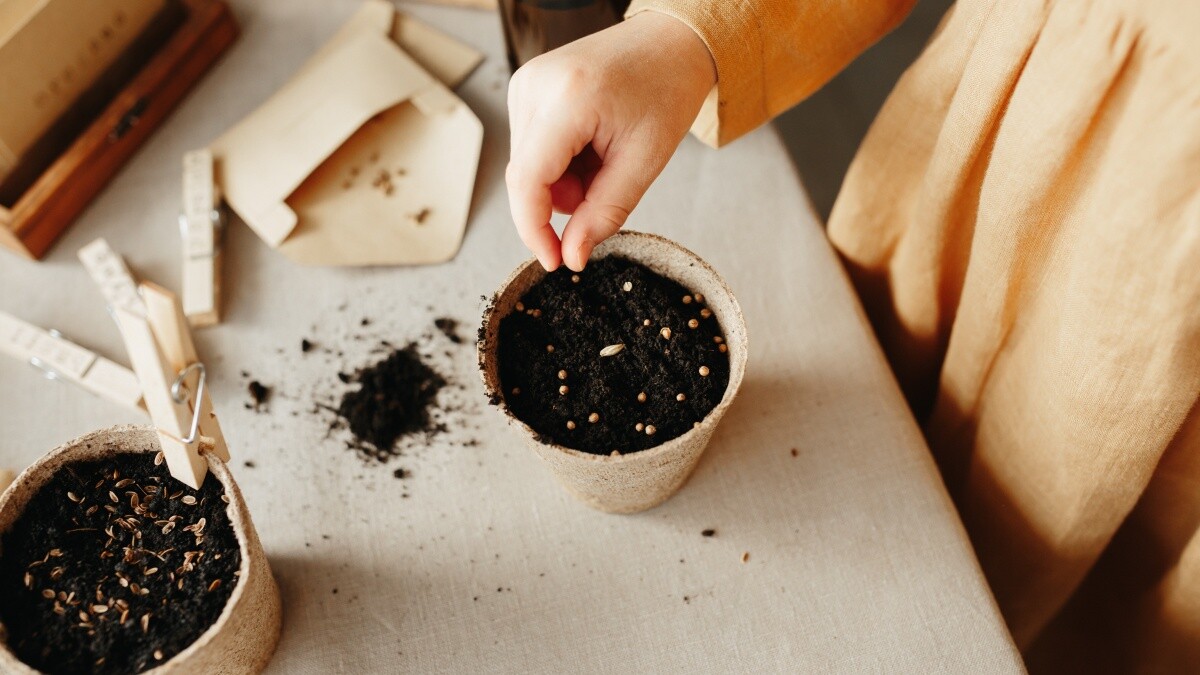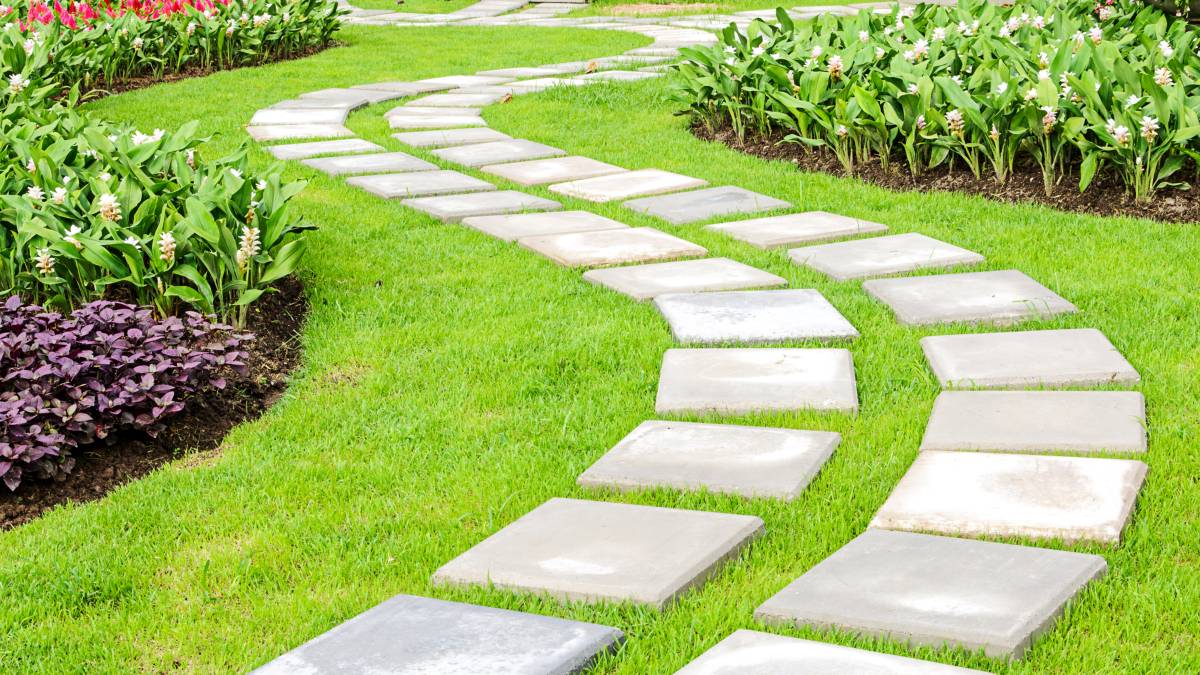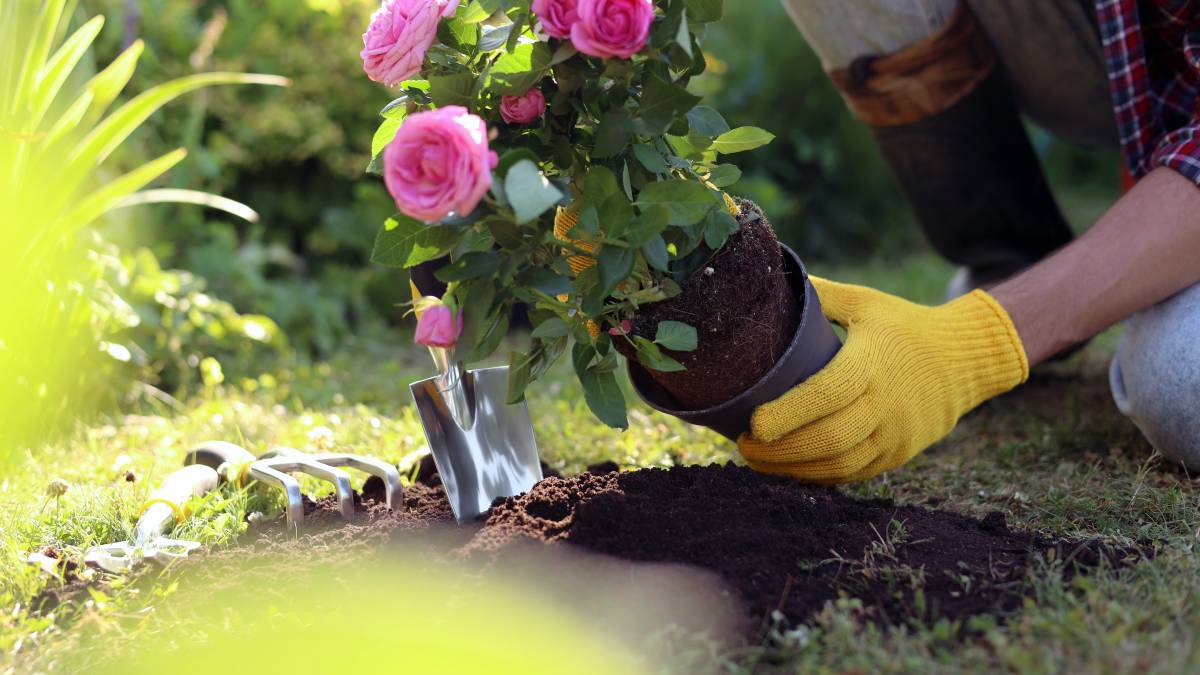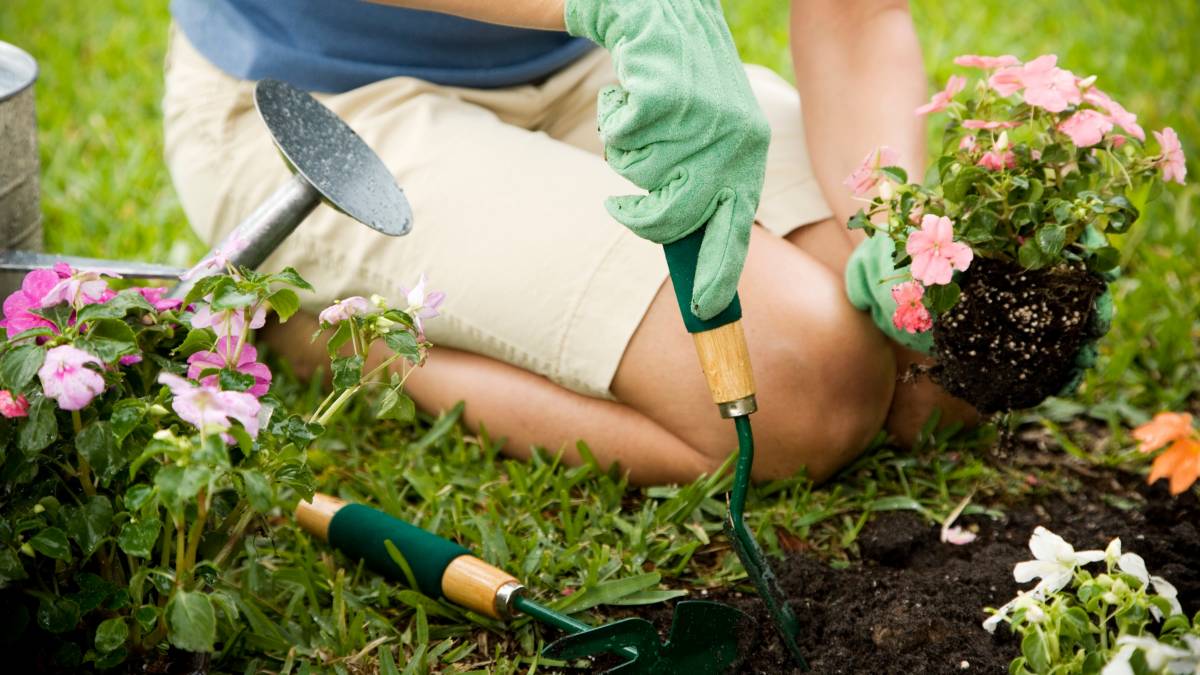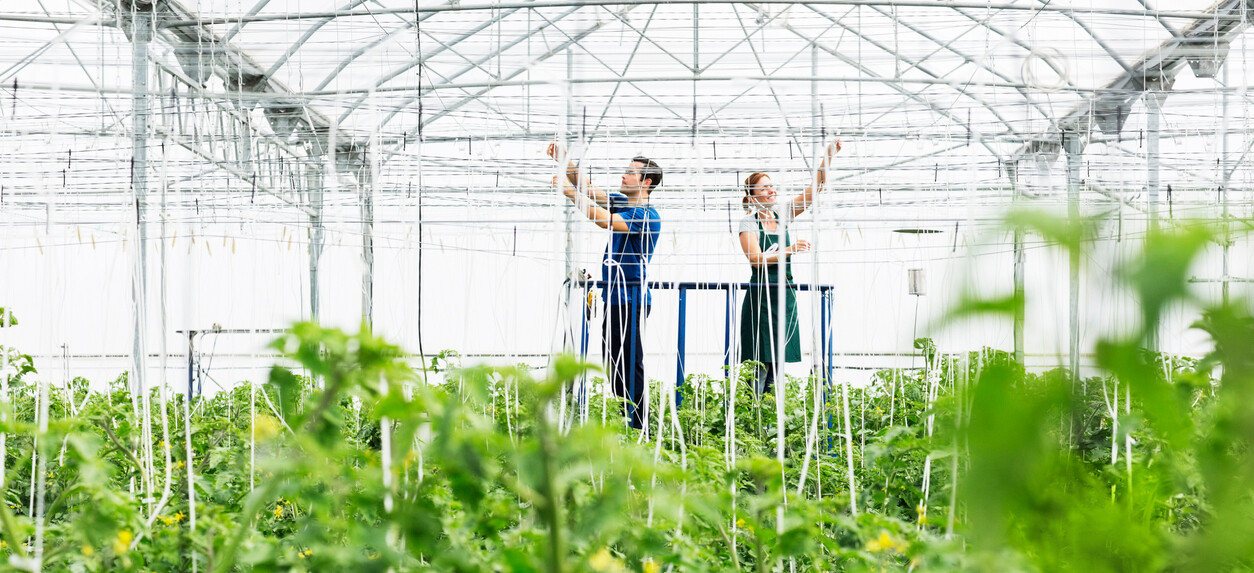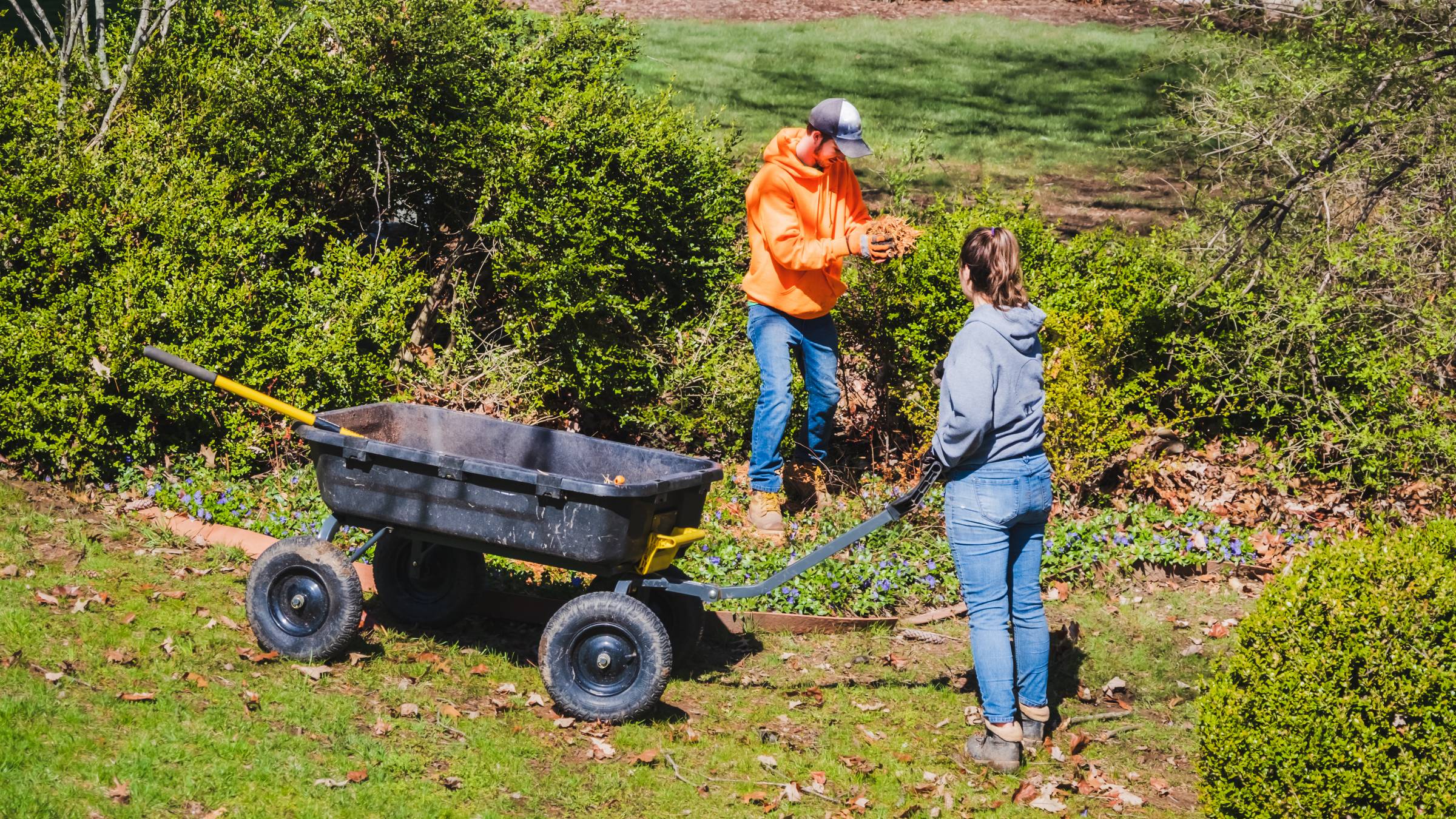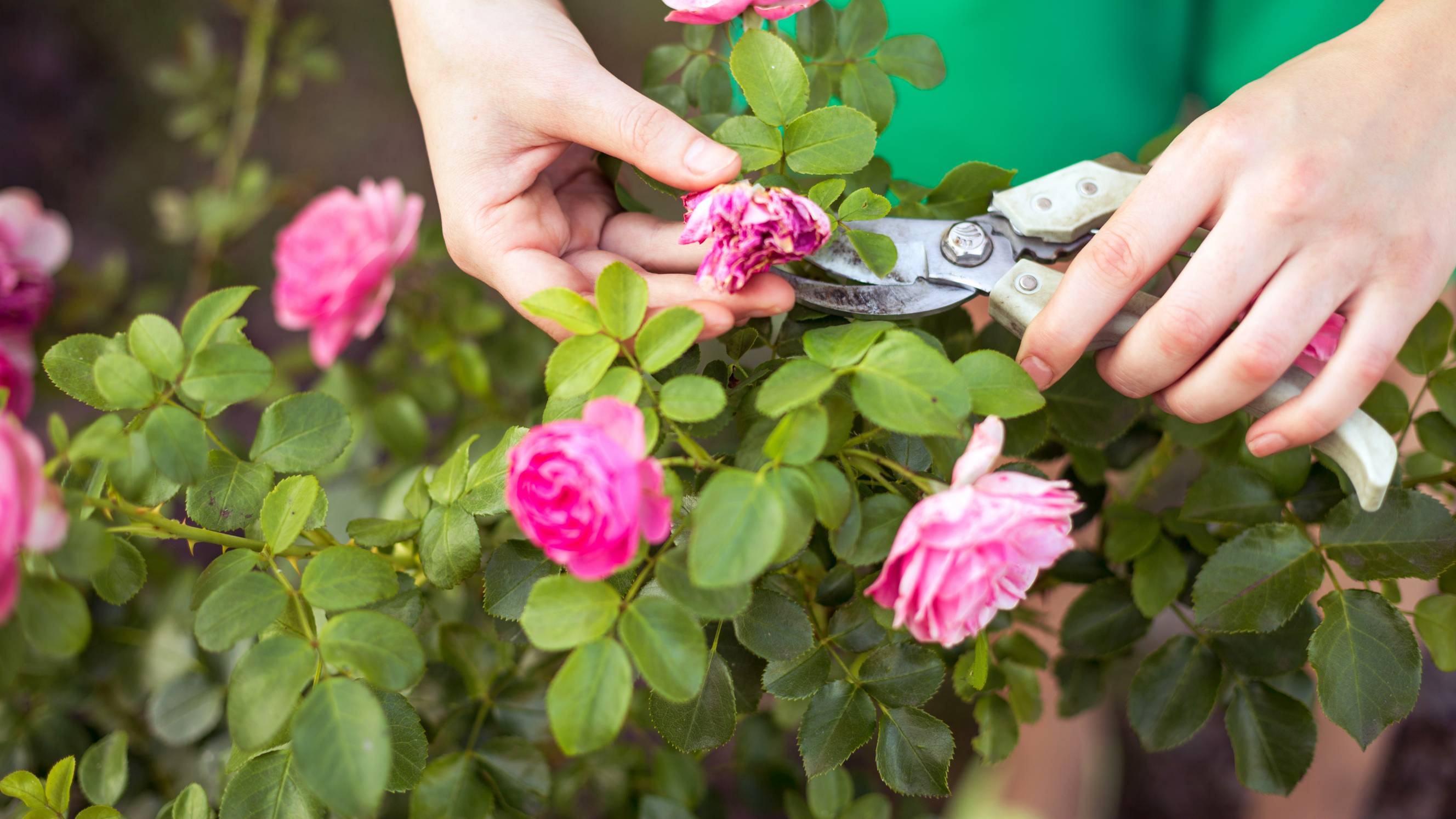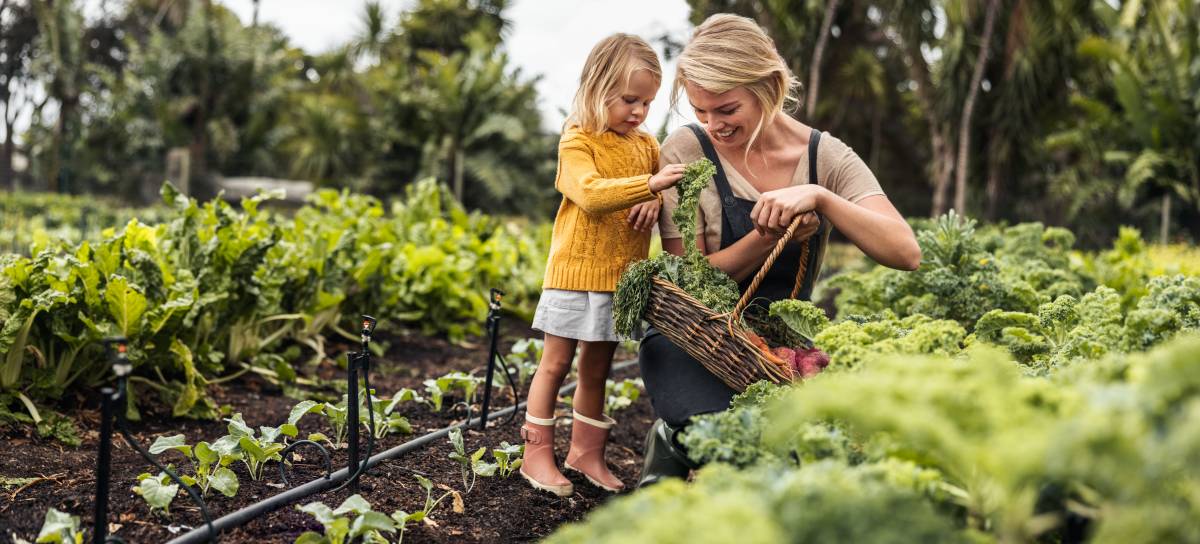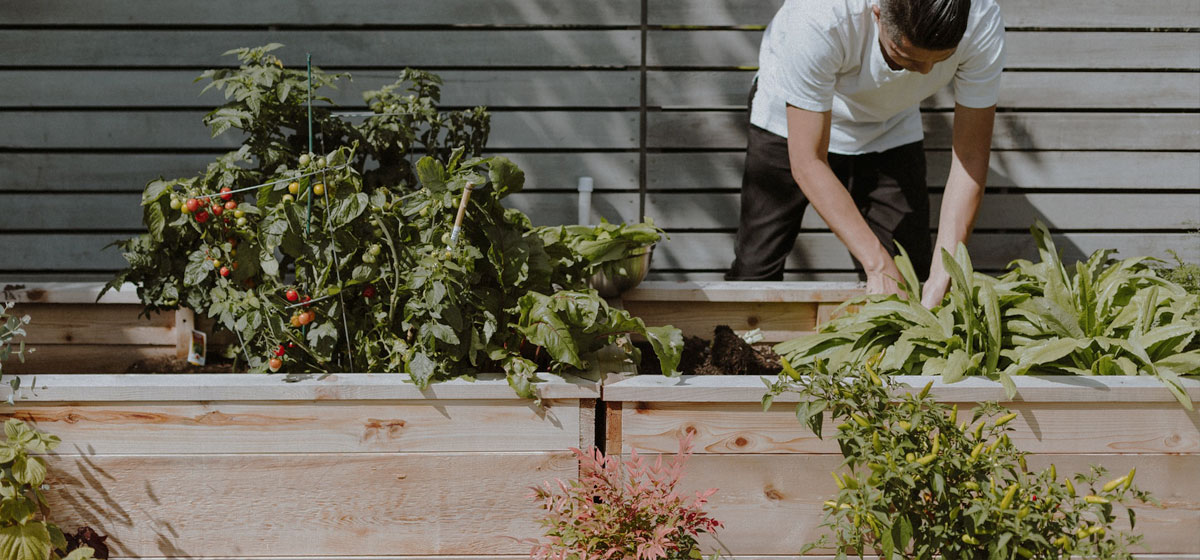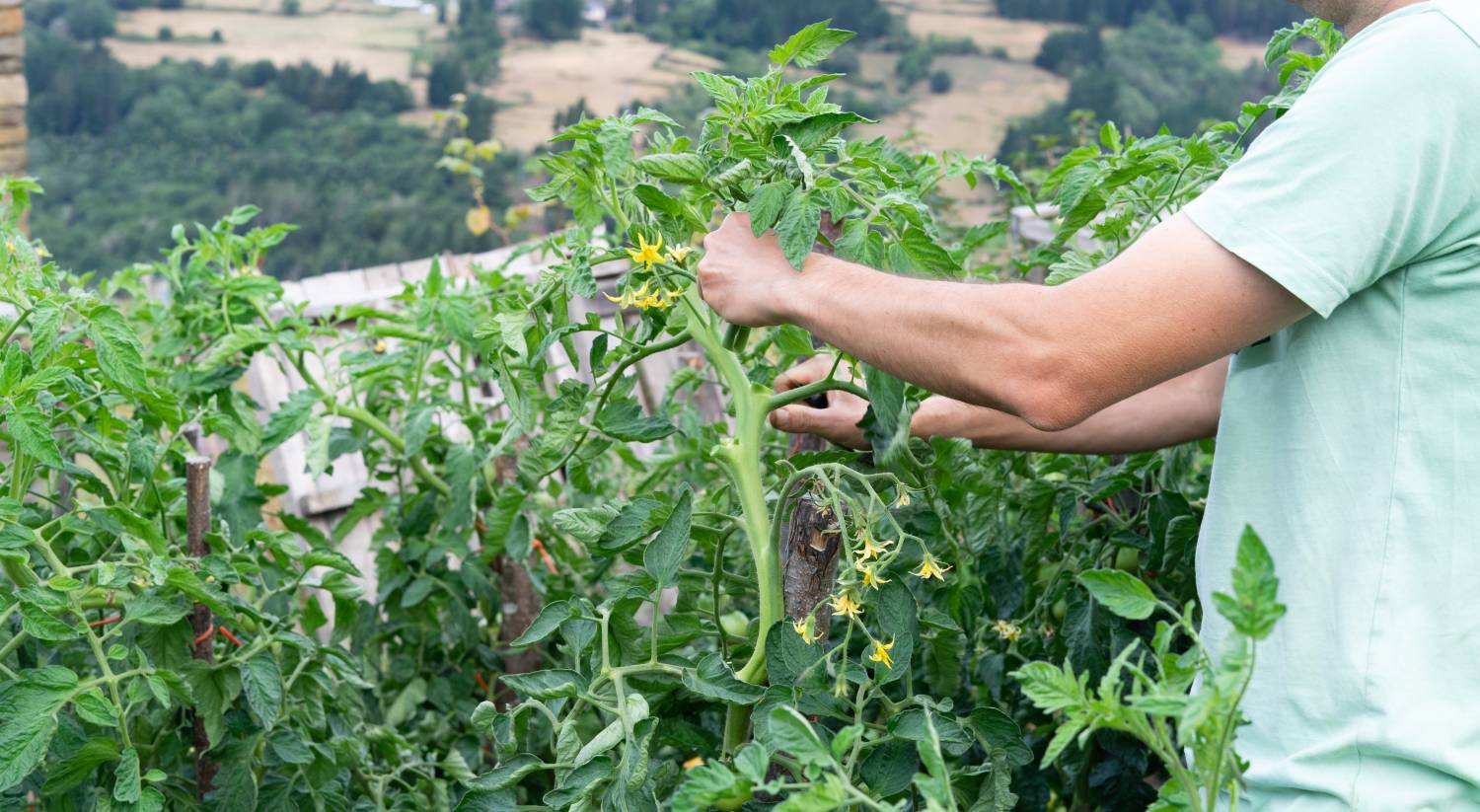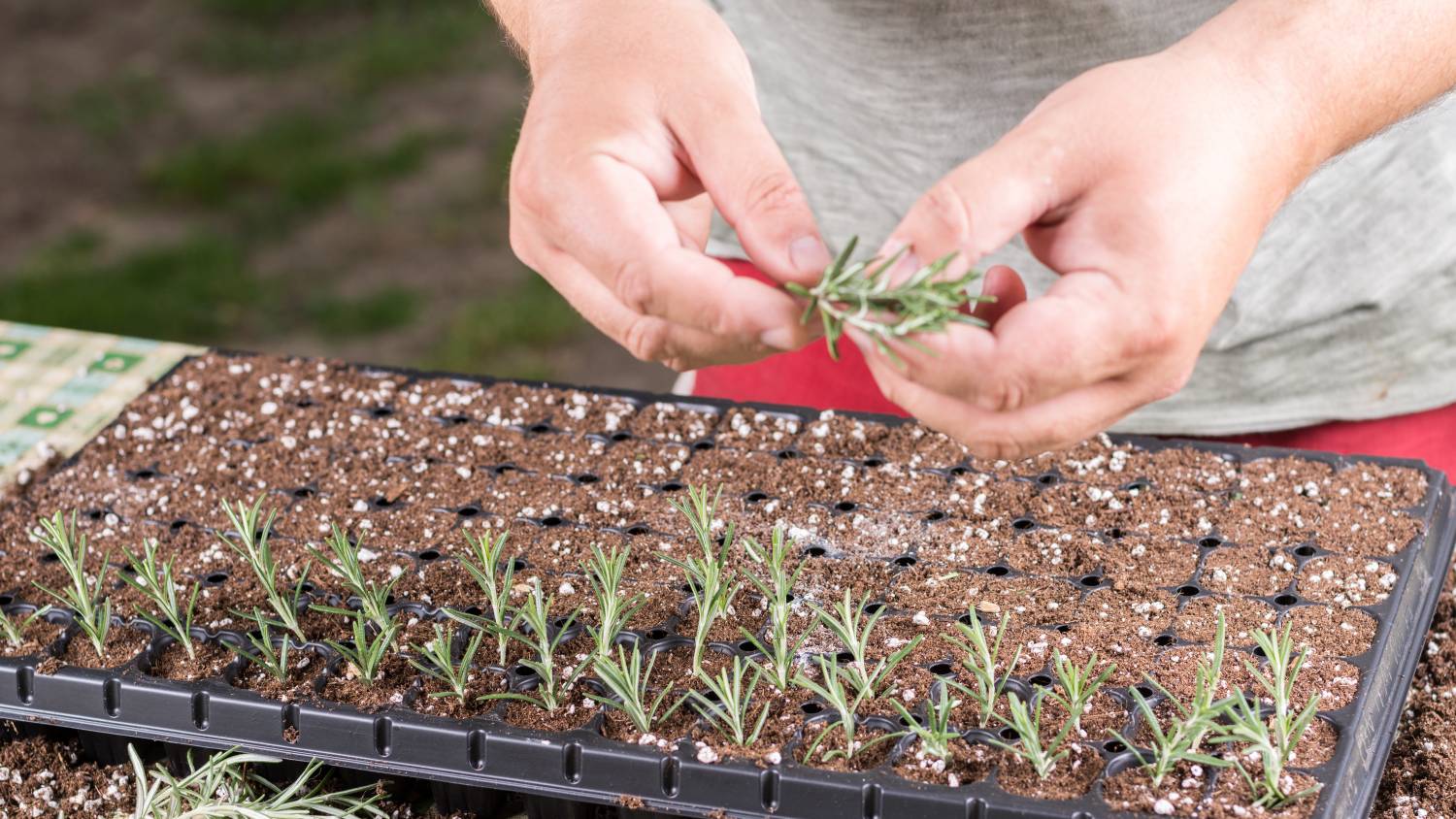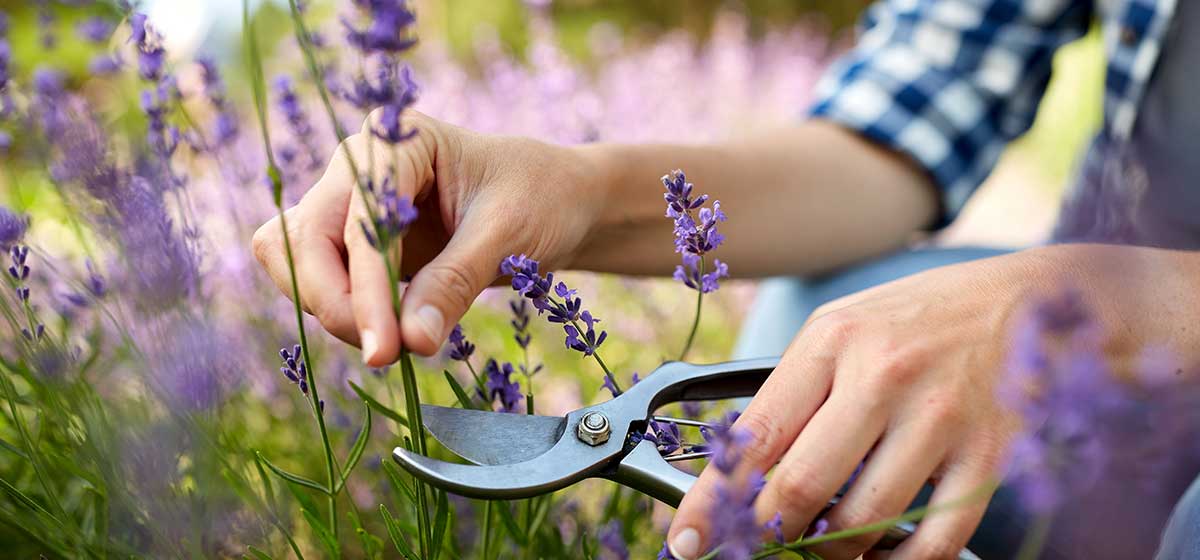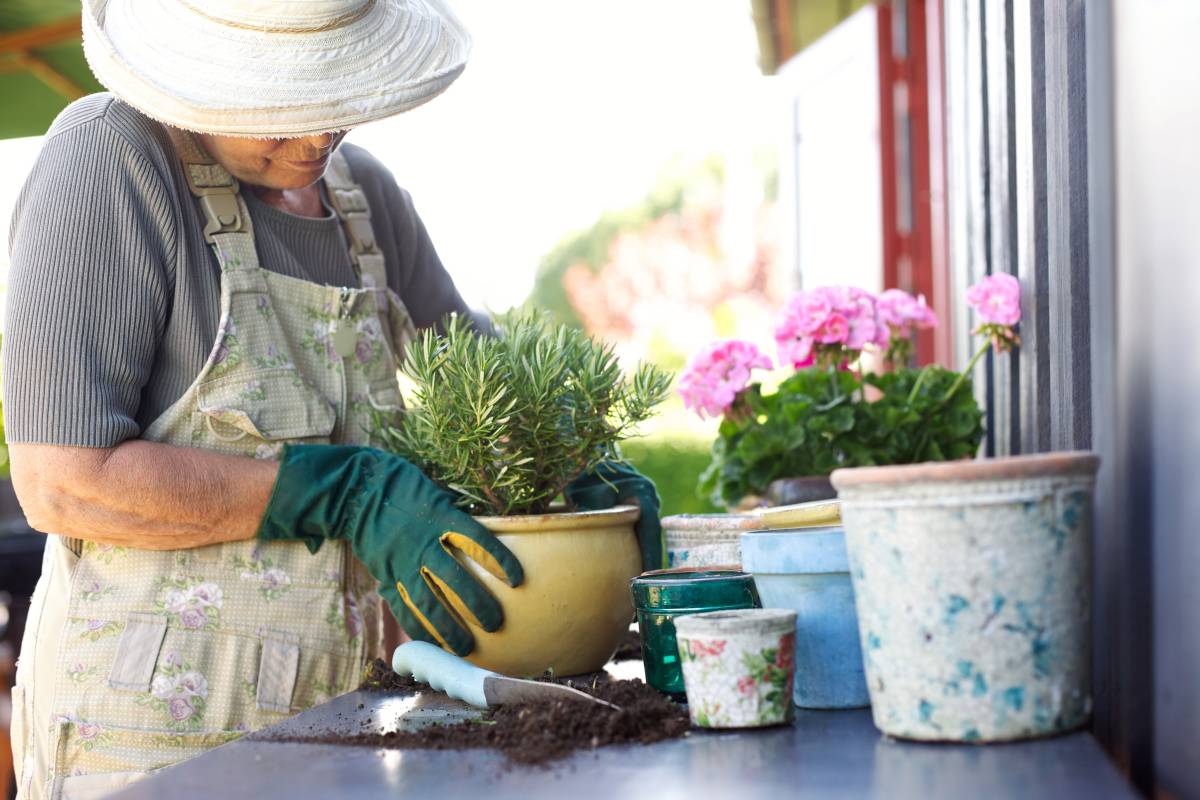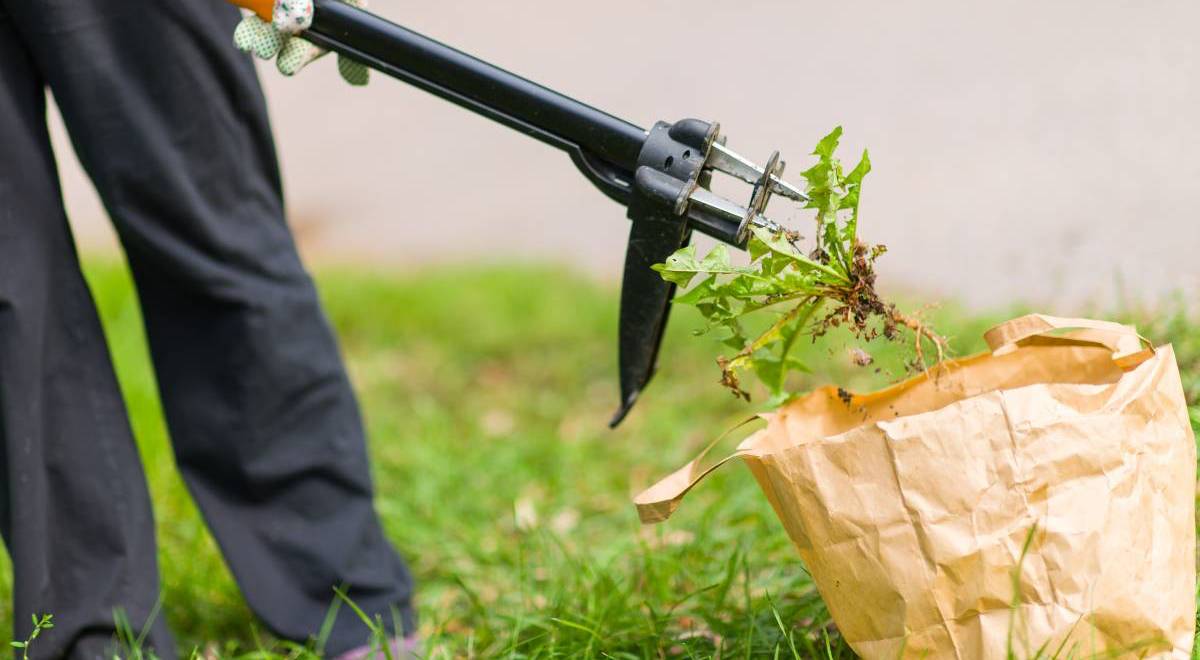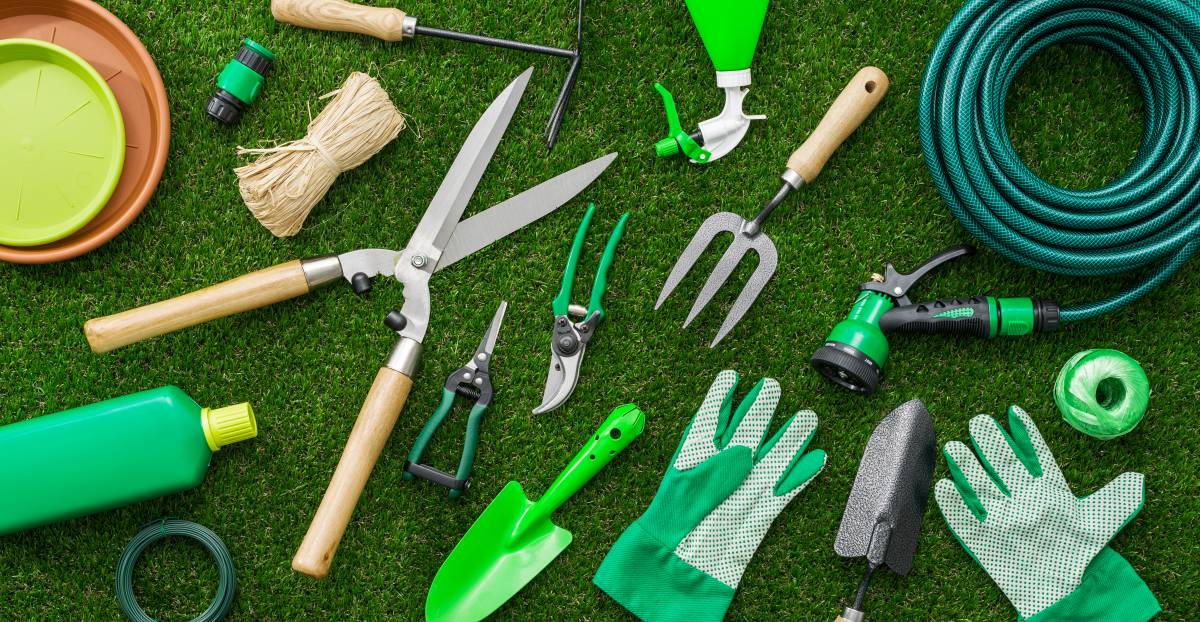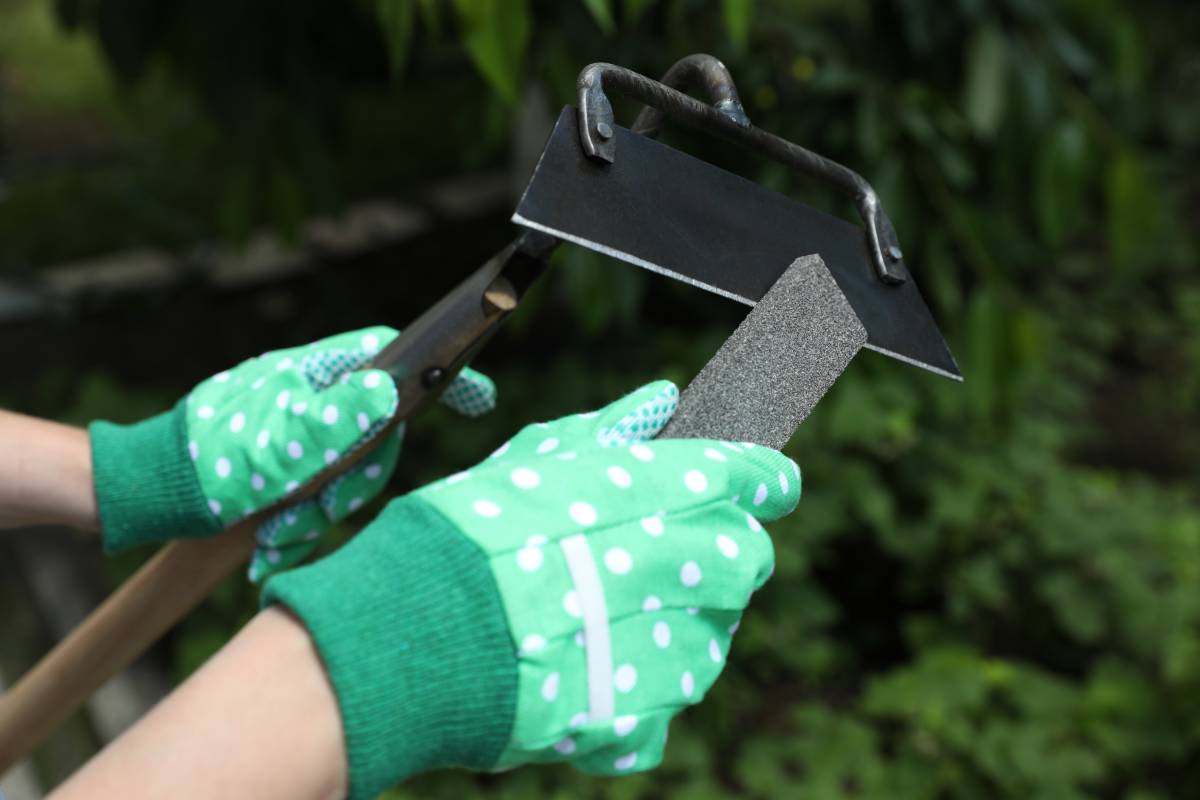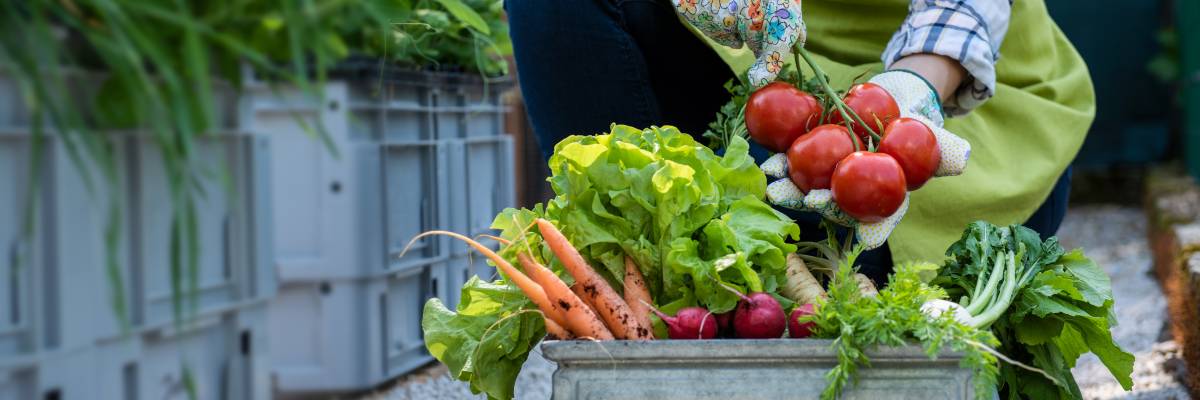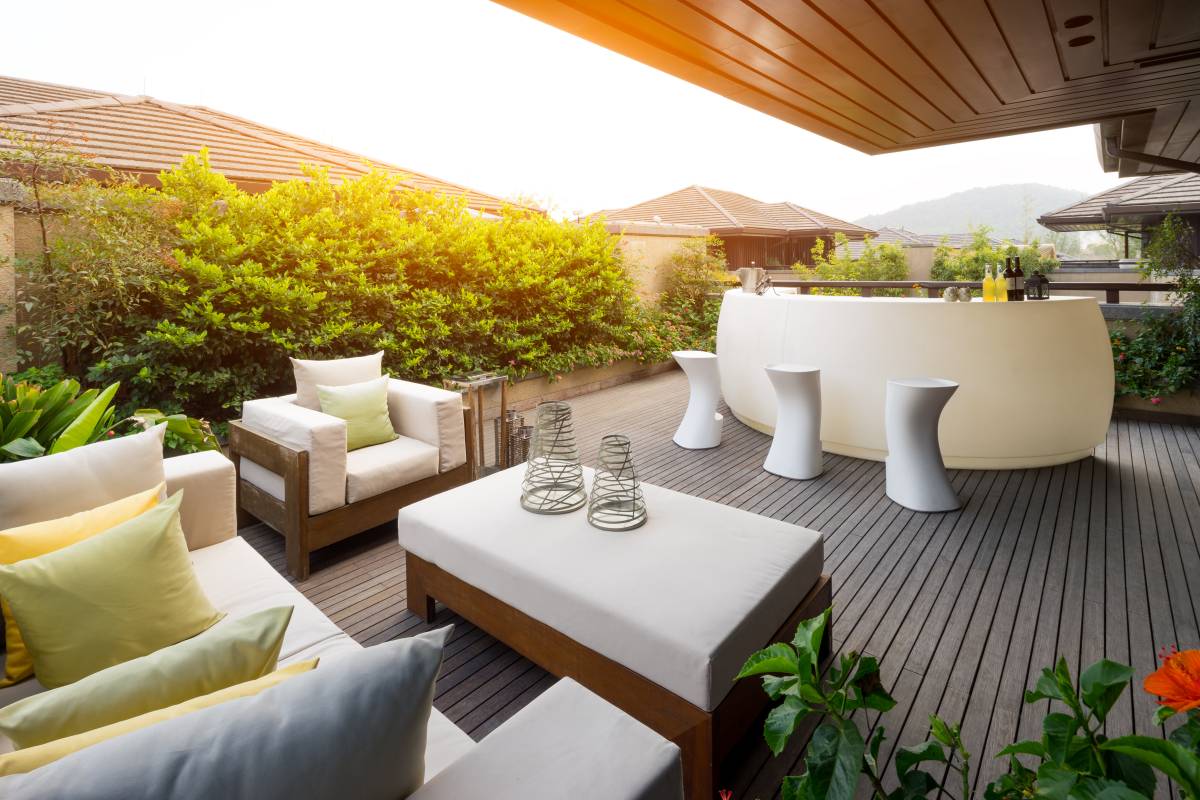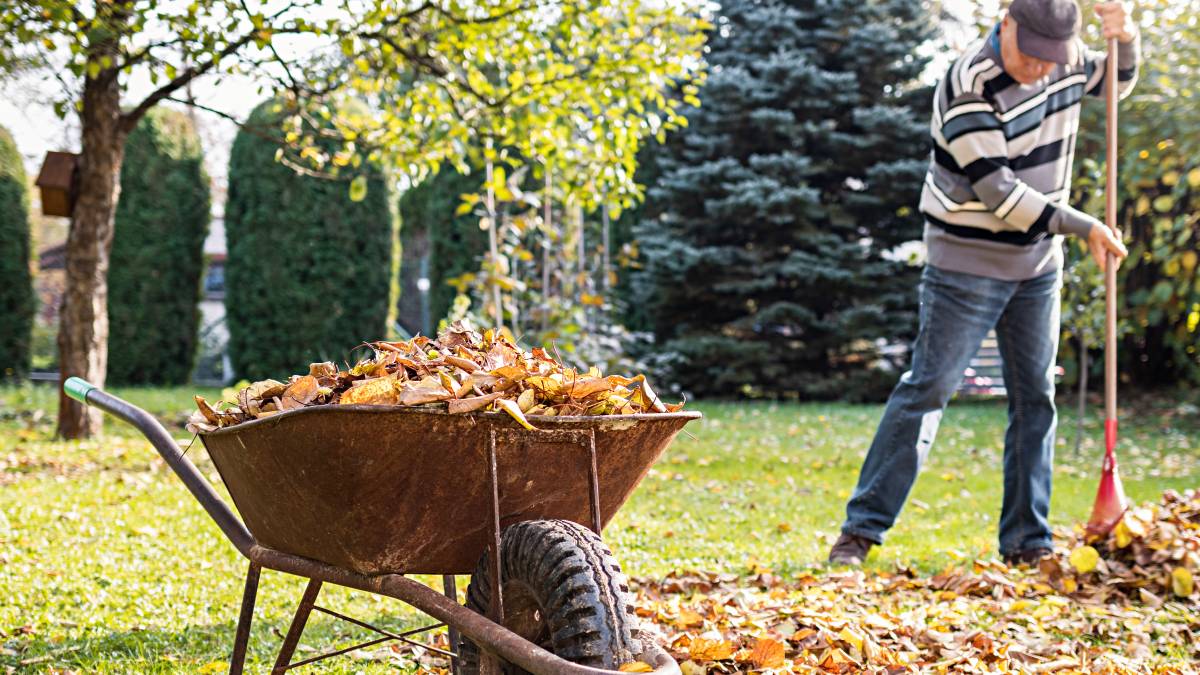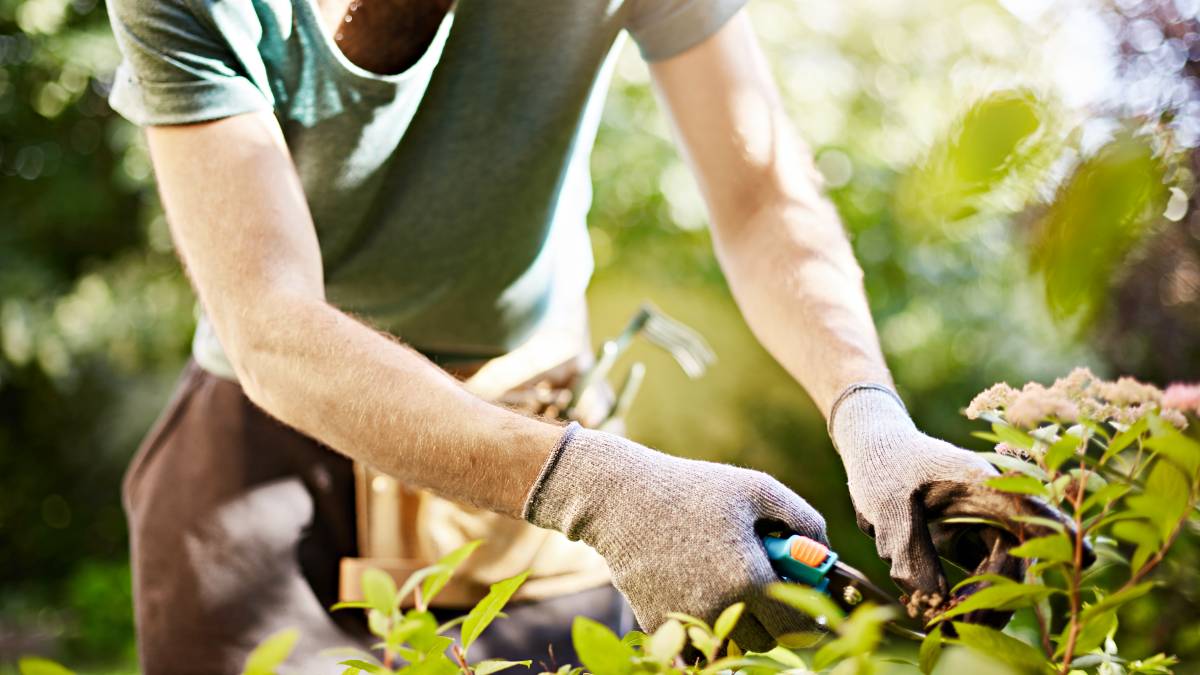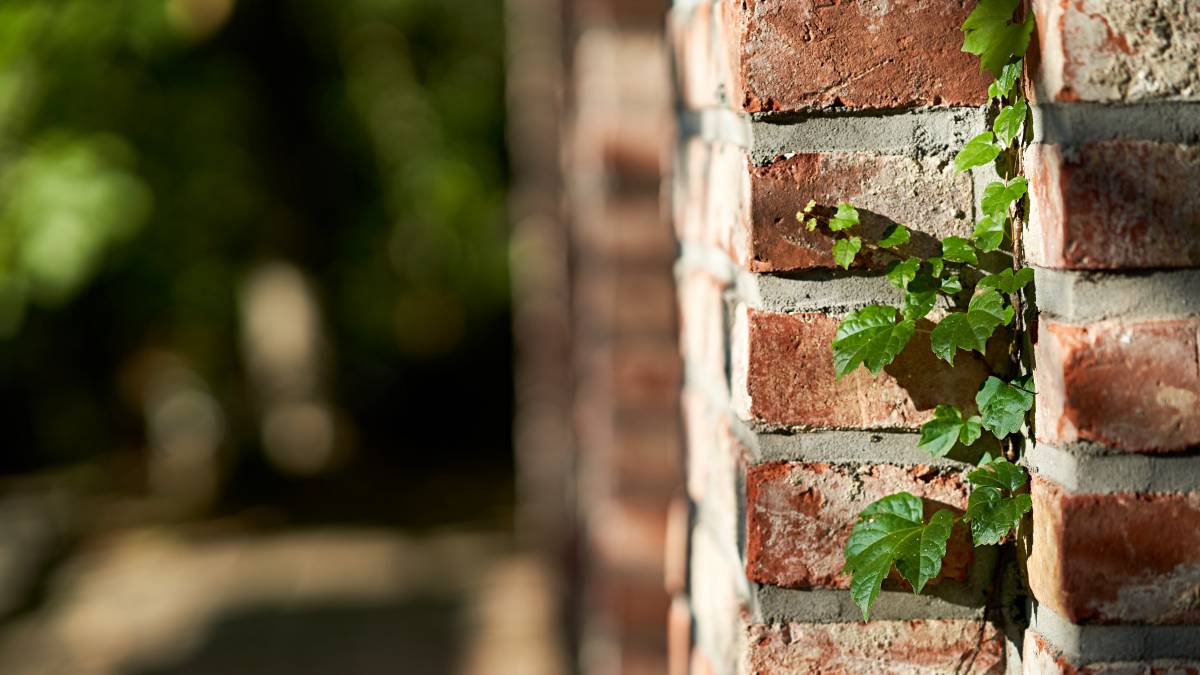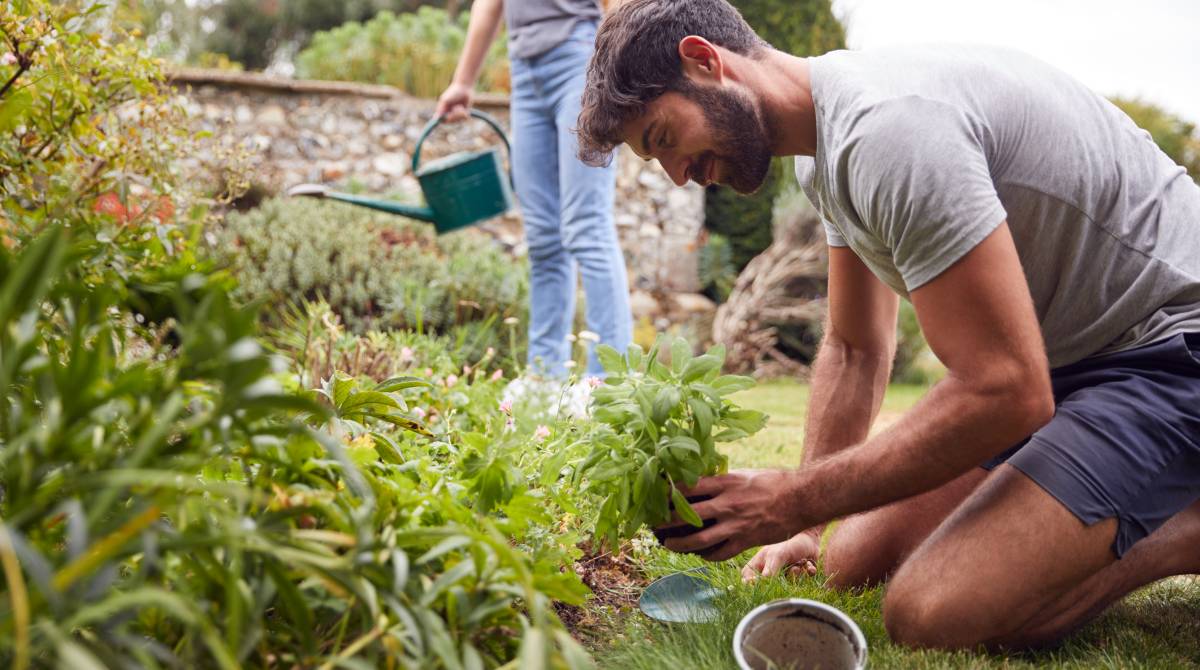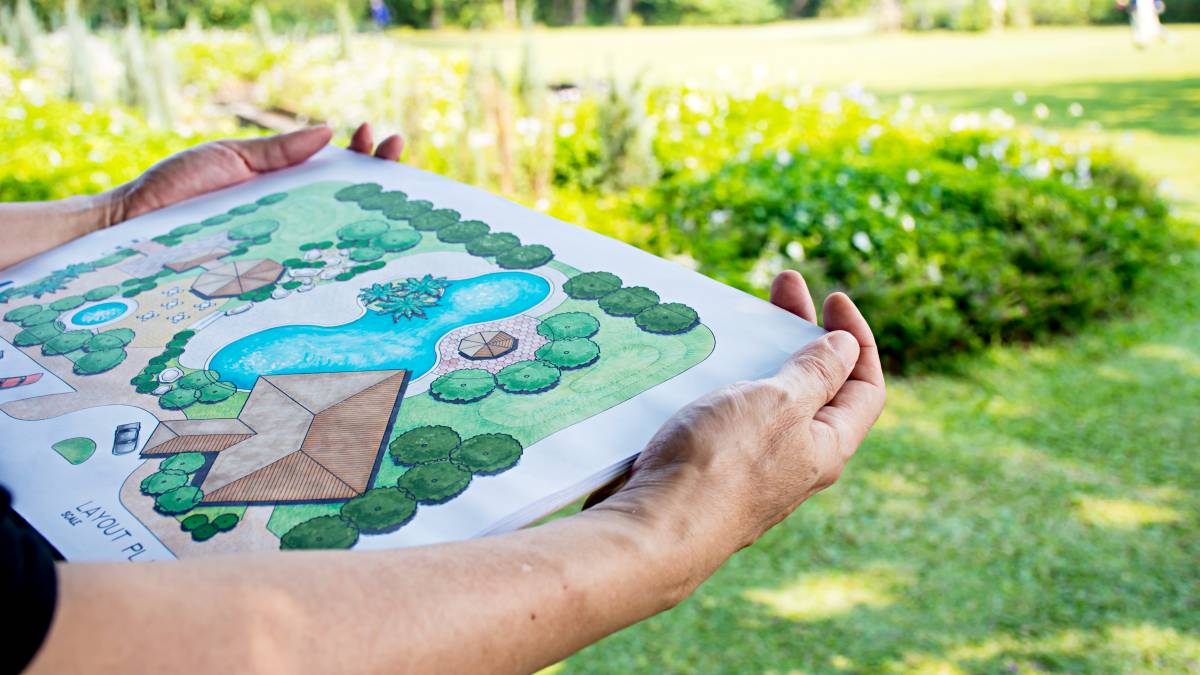- Home/
- Guides/
- Garden Planting/
- How to Start a Hydroponic Garden
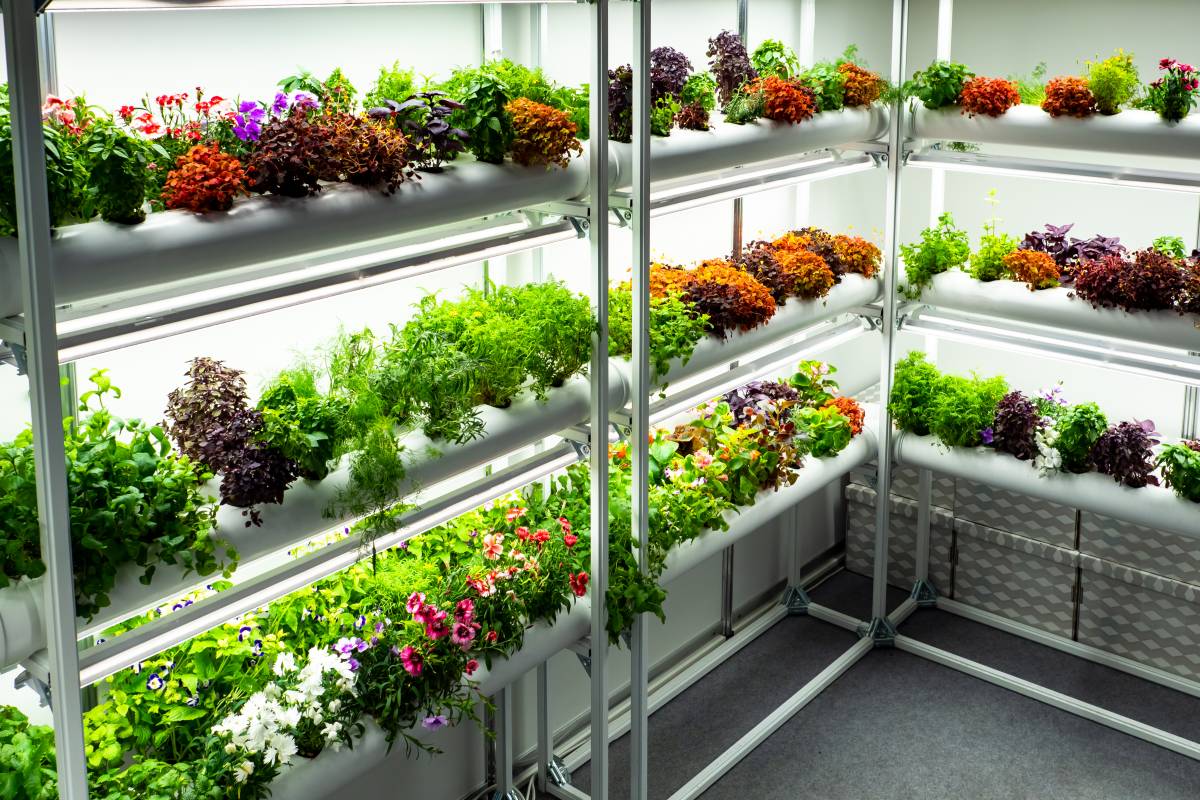
How to start a simple hydroponic garden at home
Find a garden planterLast Updated on
Would you like to grow your own vegetables, herbs, and fruits but don’t have a yard or a garden plot? Hydroponic gardening at home is a great way to have more nutritious vegetables that don’t have pesticides and don’t consume a lot of water.
In this guide, you’ll learn how to set up a hydroponic garden that’s easy to build and maintain. A hydroponic garden will also let you grow food in even the smallest spaces.
Is a hydroponic garden worth it?
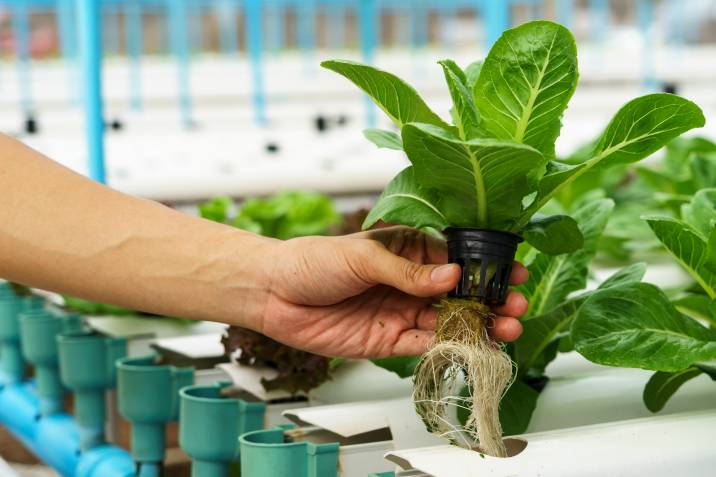
The easy answer is “yes,” a hydroponic garden can be worth it in certain circumstances, like if you want to take up gardening as a hobby but don’t have a backyard or enough space for planter boxes.
In commercial applications, a hydroponic garden is also viable if you want to farm certain crops for profit but don’t own or have access to a large plot of land, and your location may not have enough water.
Pre-made hydroponic kits or DIY?
Going DIY or buying commercially available hydroponic garden kits is one of the decisions you’ll have to make as you start your hydroponic garden. Here are the pros and cons of both options.
Pre-made hydroponic kits
Easily set up; kit comes with all that’s needed to start your hydroponic garden
Nutrient solution may be included and comes pre-mixed
Setup is easy and quick, only needs some water and an electric outlet to work
Cost is fixed, but can vary from negligible to expensive
Mostly for small, countertop hydroponic gardens, but larger kits exist
Easily maintained
Selection of crops is limited due to size restriction
Amount and variety of crops to are limited to only what the kit allows
Room for expansion is limited; your only option for higher yields is to buy more kits
No room for creativity
Less room for error
DIY hydroponic gardens
Costs can vary, but can be low if you know how to improvise
More room for creativity and improvisation
You can plant whatever you like as long as you have the seeds, the knowledge, and materials
Variety of harvest is limited only by your budget, space, and imagination
More flexible; you can expand your hydroponic systems as long as space and budget allow
You can have different systems in one growing space as long as you have enough lighting, space, and time to maintain different systems
DIY systems are more diverse and allow you to learn more efficient ways of growing, such as knowing how to build hydroponic garden towers which maximise space and save on costs
Growing in a DIY can involve a lot of trial-and-error, which can lead to loss of crops and higher costs
How to start a hydroponic garden
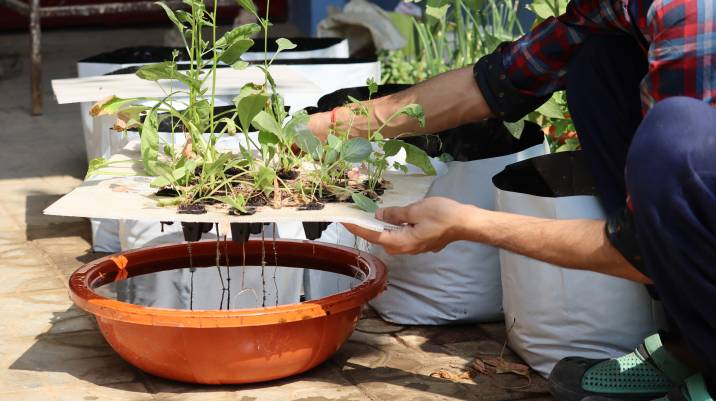
Step 1: Assess your needs and parameters
Deciding what you want from hydroponic gardening and what you need is the first step in starting a hydroponic garden. First, decide which of the five common types of hydroponic garden setups is right for you.
Consider the following questions.
- What is the purpose of my hydroponic garden?
Do you intend to grow plants for your personal needs or sell them to customers? Will this be a hobby, or do you want to turn this into a profitable business? This can help you pinpoint the amount of space you’ll need, where you can place your hydroponic garden, and your startup costs.
- What hydroponic plants do I want to grow?
Do you want to grow vegetables, herbs, fruits, or ornamental plants? Some hydroponic systems are better suited to growing certain plants than others. For example, the Deep Water Culture system is also known as the Lettuce Raft System since it’s most favourable for growing lettuce.
So, deciding what you want to grow early on can help you choose and focus your efforts on putting up the right system.
- What size of garden and what space will I use?
The size and location of your space, whether outdoors or indoors, narrow the options for your hydroponic system.
A simple countertop hydroponic garden is a good option if you can spare only a tiny room, a shed, or even a small part of your basement. You may also try using a vertical hydroponic garden, but you must prepare for a costly and more complicated build.
Note that smaller spaces restrict the size and complexity of your hydroponic garden and limit the selection of plants you can grow.
- How much time, labour, and money can I spare?
Consider how much time and effort you can devote to maintaining an outdoor or indoor hydroponics system. These factors can also impact your decision on which type of hydroponic garden you can set up. Are you willing to check the system daily, or do you prefer a setup that needs less maintenance?
Estimate how much money you can allot to this project. Resist the urge to splurge but also don’t cut corners.
You can also delegate some of the work to someone else. Assess the average gardener fees and hire a professional gardener to help you with all sorts of gardening tasks. |
Step 2: Choose the right system
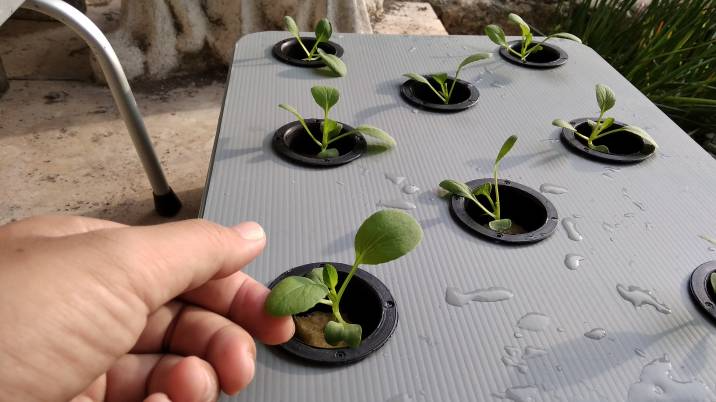
After you’ve had some idea of why, how, and what you want to grow with a hydroponic garden, choose from the common hydroponic systems. These systems are further classified into beginner and slightly more advanced hydroponic systems.
Beginner hydroponic systems
These are hydroponic systems that require little to no maintenance, can be set up in a small space, and have a minimal initial cost. You can start with a single setup to see how it works and scale it up easily. There are two beginner hydroponic systems you can start with:
- Wick system
This is ideal for beginners - changing the nutrient solution in the reservoir weekly is the only maintenance required.
- Deep water culture
Similar to the Wick system, but with an air stone and air pump placed in the reservoir to aerate the nutrient solution. Maintenance involves changing the nutrient solution weekly and ensuring the air pump and air stone always work.
Advanced hydroponic systems
If you have some experience and knowledge with basic hydroponic systems and want to try growing a greater variety of vegetables, fruit, herbs or ornamental plants with more complex systems, you can choose from:
- Ebb and flow system
This closed system floods the roots of seedlings or plants with nutrient-rich water, draining it away to repeat the cycle. Close monitoring of pH levels, ambient temperature, humidity, and a constantly working pump are needed to ensure success.
- Nutrient film technique
Similar to the ebb and flow system, but the nutrient solution is made to constantly flow through the plant roots instead of using a flooding and draining cycle. A pump and gravity combine to keep this closed system going.
Step 3: Setup the hydroponic system and wait for results
After considering your budget, labour, and time, choose the appropriate hydroponic system. Get all the necessary tools and equipment, then set it up.
Once you’ve completed construction, let time and nature work their magic—but don’t forget to take the necessary steps to maintain the system. In about a month, you can then harvest the literal fruits, herbs, vegetables, or flowers of your labours!
What are the advantages and disadvantages of hydroponic gardening?
Still not sure if hydroponic gardening is for you? Before going to a DIY centre or hydroponics supply store, get to know the perks and quirks of hydroponic gardening.
The advantages of hydroponic gardening
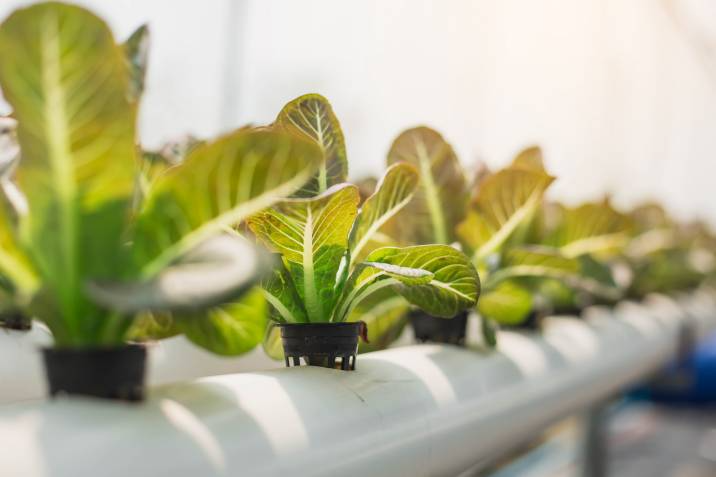
- Cleaner to work with
Hydroponic gardening doesn’t use soil as a growing medium, so you don’t have to get your hands dirty and till any soil before planting.
- Faster harvest time
Hydroponic plants get all the nutrients they need from enriched water. This can speed up growth and reduce growth time by 25%.
- Reduced rot and less need for pesticides
As no soil is used, a hydroponic garden is less ideal for burrowing pests like moles, worms, or bugs that infest plants.
- No dependence on seasons
You can grow almost anything regardless of the season or weather conditions.
- Efficient water use
There is little to no chance of water wastage or losing water to evaporation in a closed-home hydroponic system.
- Higher crop yield
Most hydroponic gardens can produce more crops since nutrient absorption is more efficient, and there’s a reduced risk of losing crops to pests.
- Control of produce
Since you manage the entire process from seedling to harvest, you know that what you eat is free of pests, pesticides, or too much fertiliser.
- Can be cheap to do
With a bit of creativity, setting up your hydroponic garden can cost less than traditional gardening. You can also use the seeds from your harvested crops to plant the next crop!
The disadvantages of hydroponic gardening
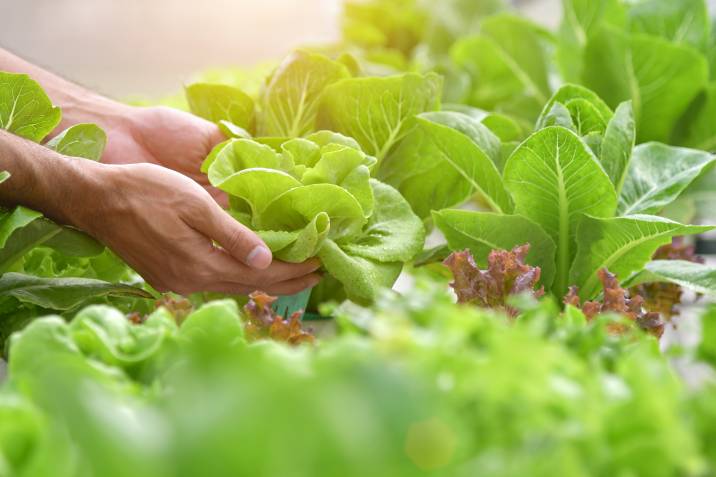
- A hydroponic garden can be expensive to set up and run
You may have to spend more on initial startup costs and maintenance than traditional gardening with soil.
- Hydroponics can be unforgiving
If the temperature, lighting, nutrients, water pH levels, and other conditions aren’t right, the seeds may fail to germinate, or you could lose entire crops.
- Maintenance is more complicated
Depending on the hydroponic system you choose, some technical knowledge is required to maintain it, especially if you need a timer for the growing lights or water pumps.
- Pest control is more difficult
When your hydroponic garden has pests, it can be more challenging to eradicate them since you can’t always use strong pesticides, especially if the hydroponic garden is placed inside your home.
☞ Learn more: Gardening tips
Start hydroponic gardening with the help of an expert
If the idea of growing your own vegetables, herbs, fruit, or ornamental plants as a hobby (or even profit!) excites you, then use this guide to get started! And don’t forget, you can always hire a Tasker to help you with the essentials of hydroponic gardening. Post a task today!
Frequently asked questions
Lettuce is at the top of the list of plants that grow best in a hydroponic system. But you can also grow strawberries, herbs, bell peppers and spinach. Beans, chives, peppermint, spearmint and blueberries and other fast-growing plants with shallow roots also grow best in most hydroponic systems, too!
Compared to conventional gardening, hydroponic gardening uses relatively fewer garden tools. Since you don’t have soil as a growing medium, you won’t have to dig and only change the water-nutrient solutions every week. Pest control is also minimised; there are no weeds or debris to remove.
Light is necessary for plants to survive and thrive within a hydroponic system, but it doesn’t always have to be sunlight. You can also use artificial light from specialised growing lamps. These can be LED, incandescent or fluorescent lamps with a programmable timer.
Find garden planters, fast
Find a garden planter
Related articles
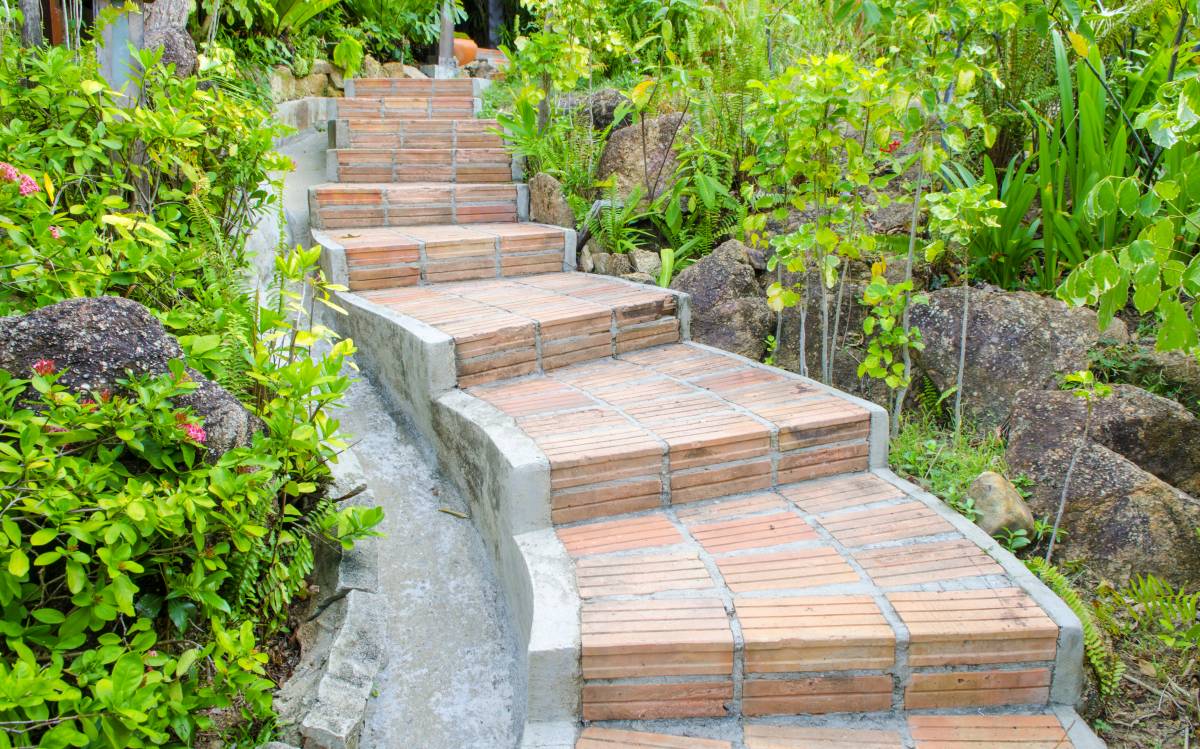
How to build garden steps
Read more
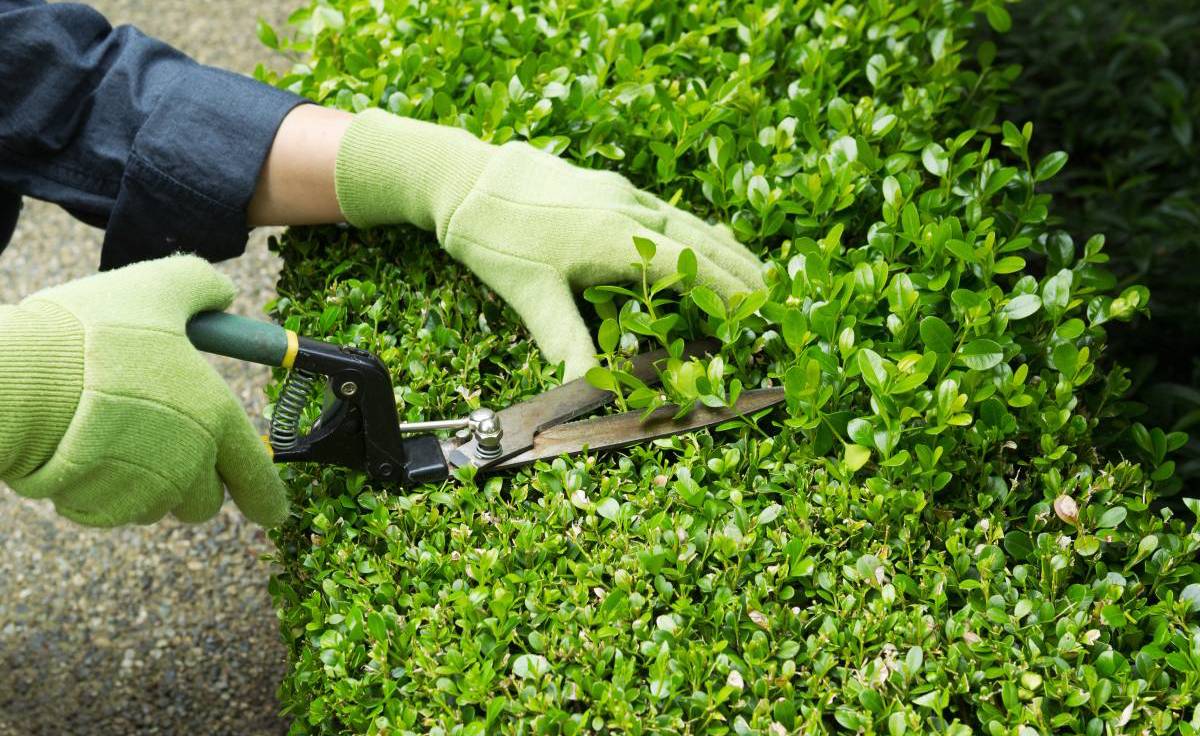
How to trim bushes the right way
Read more

13 best spring gardening tips
Read more
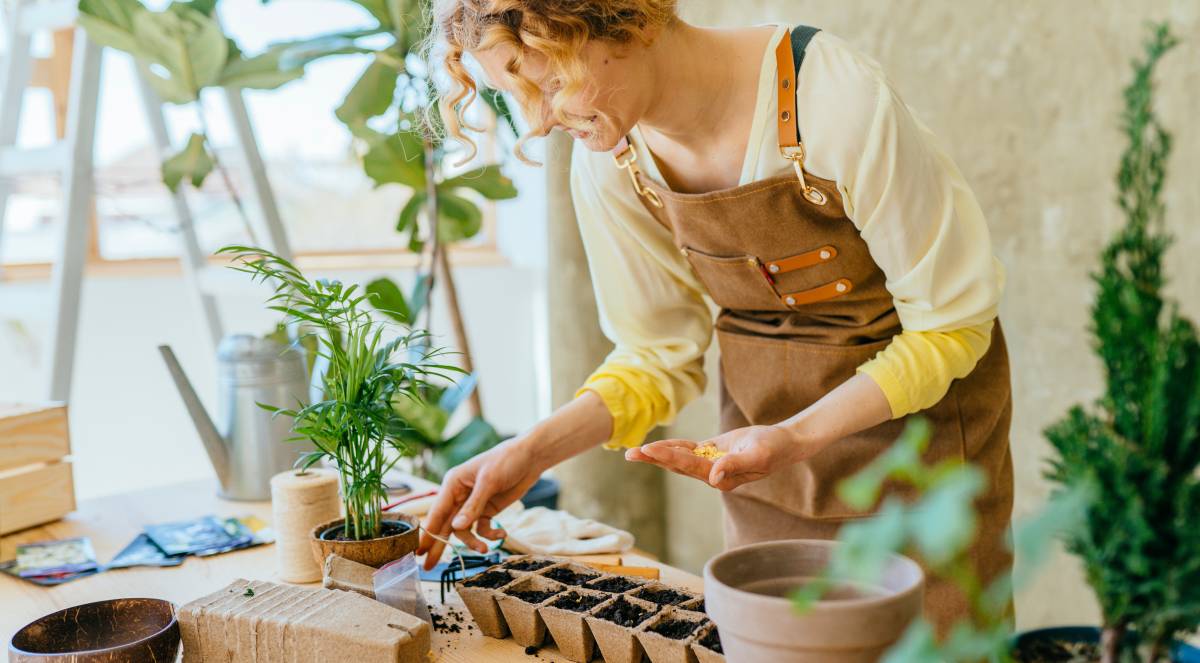
25 ways to make money gardening
Read more
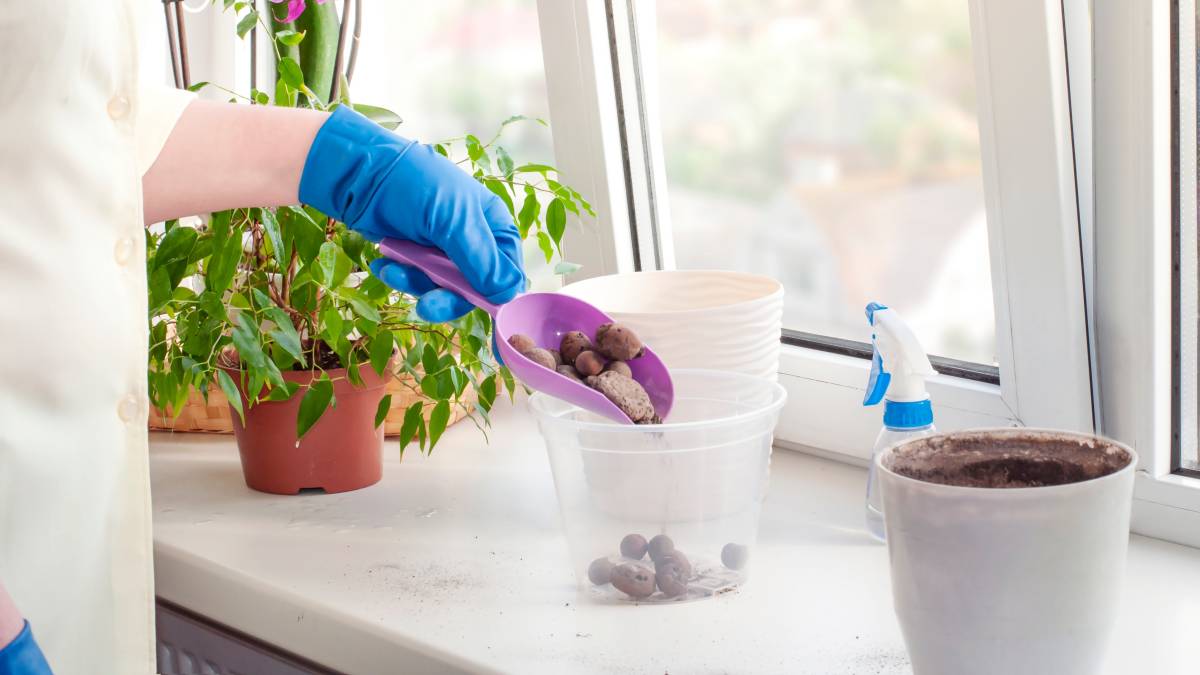
36 Quirky plant pot ideas you’ll love
Read more
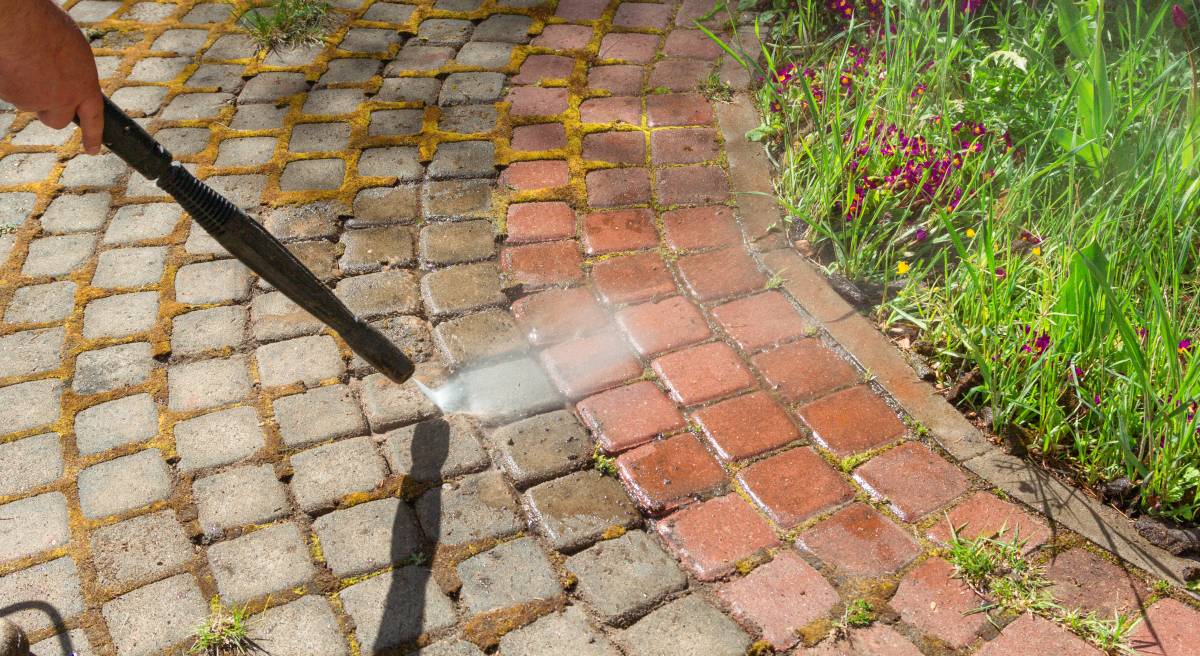
How to clean garden rocks
Read more
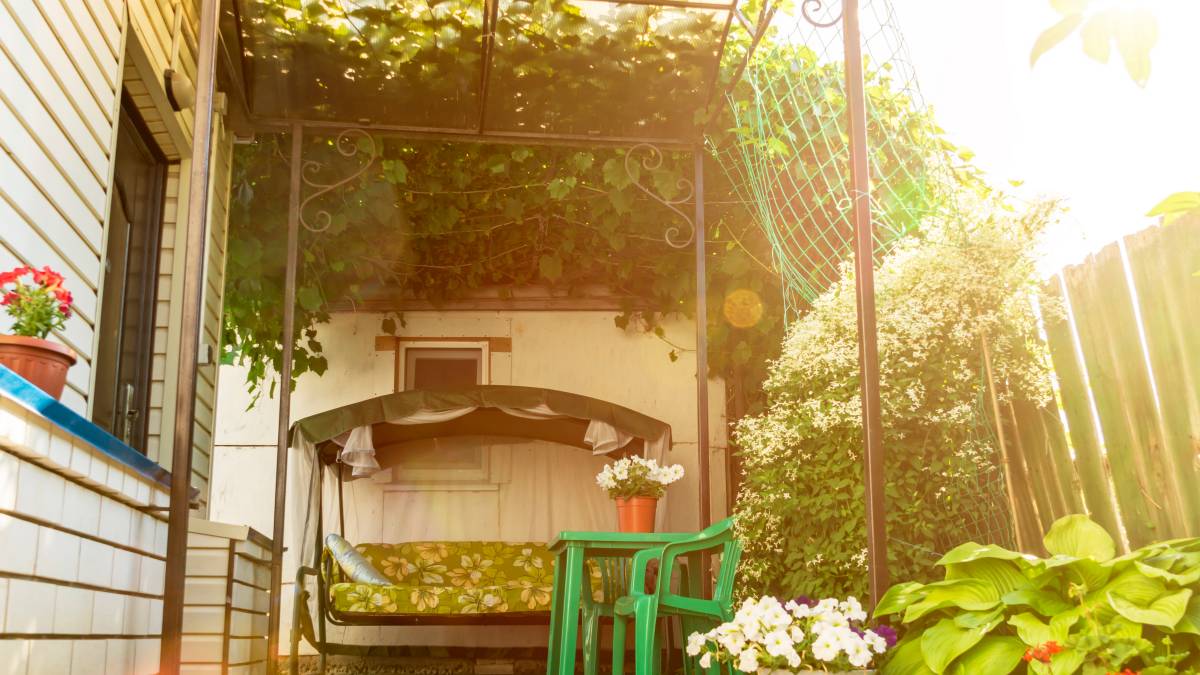
18 Garden canopy ideas you’ll love
Read more

Gardening tips for beginners
Read more
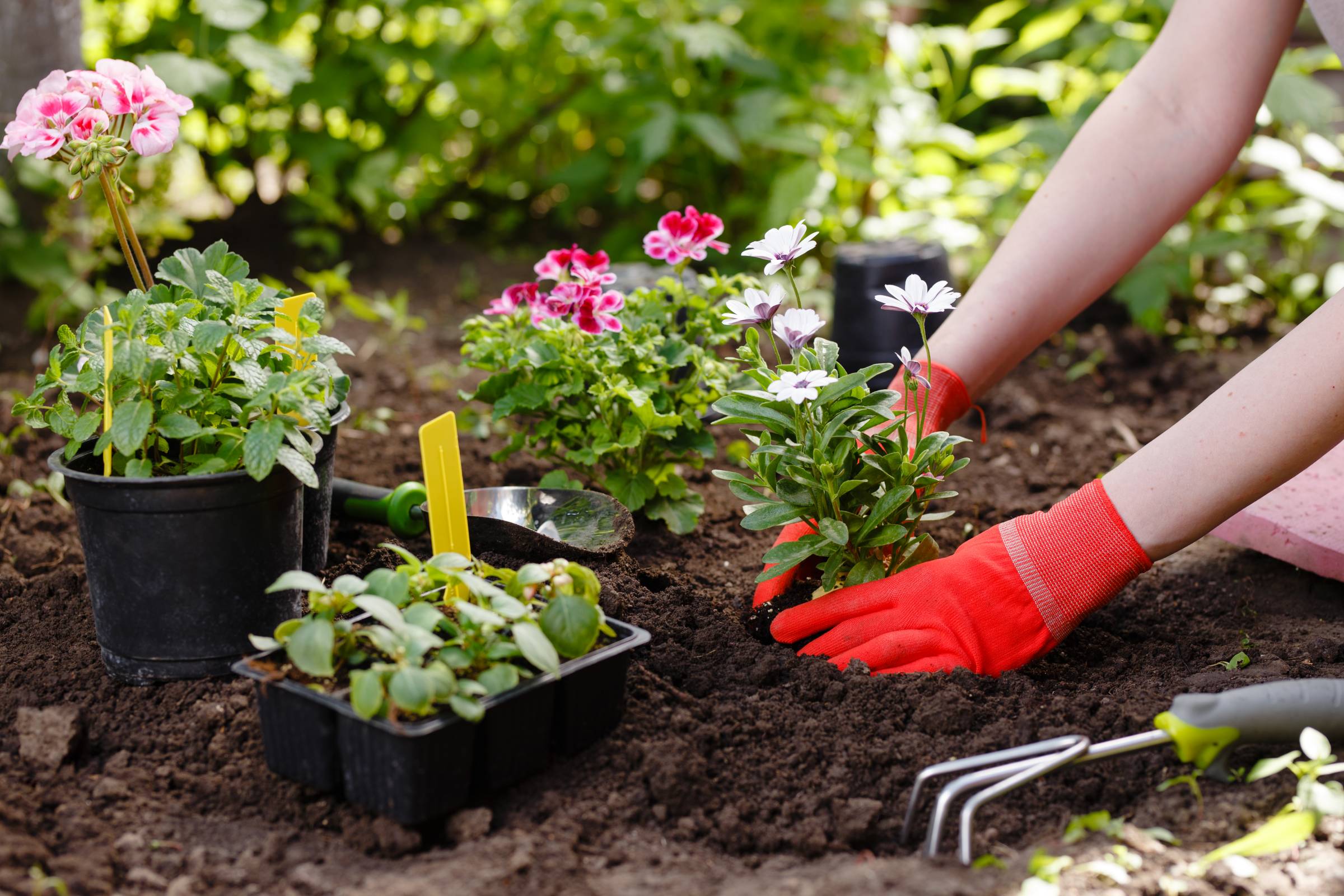
Your garden maintenance checklist
Read more
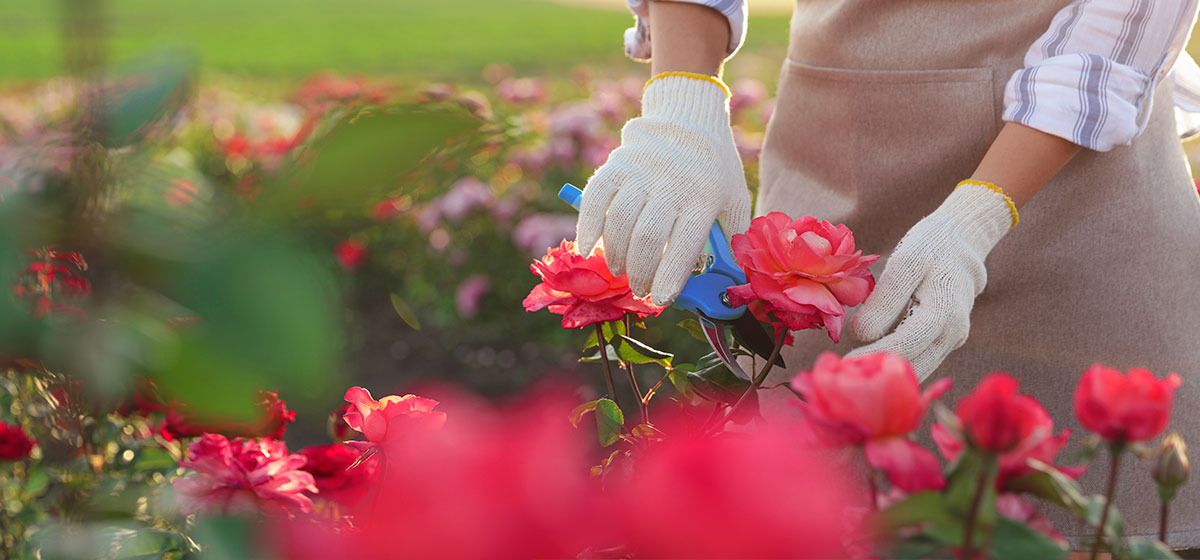
How to prune roses the right way
Read more
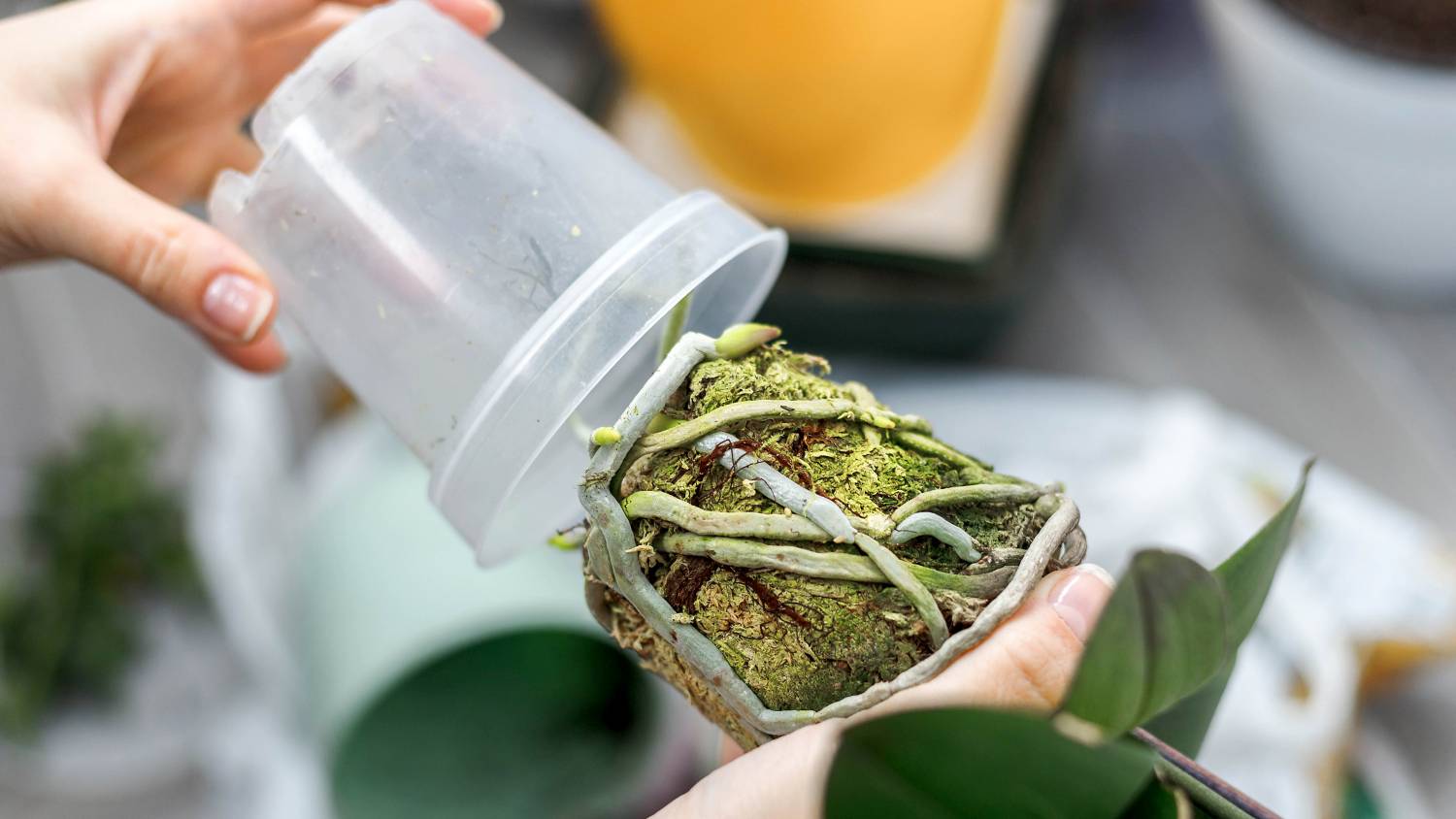
Learn how to repot an orchid
Read more
Related price guides
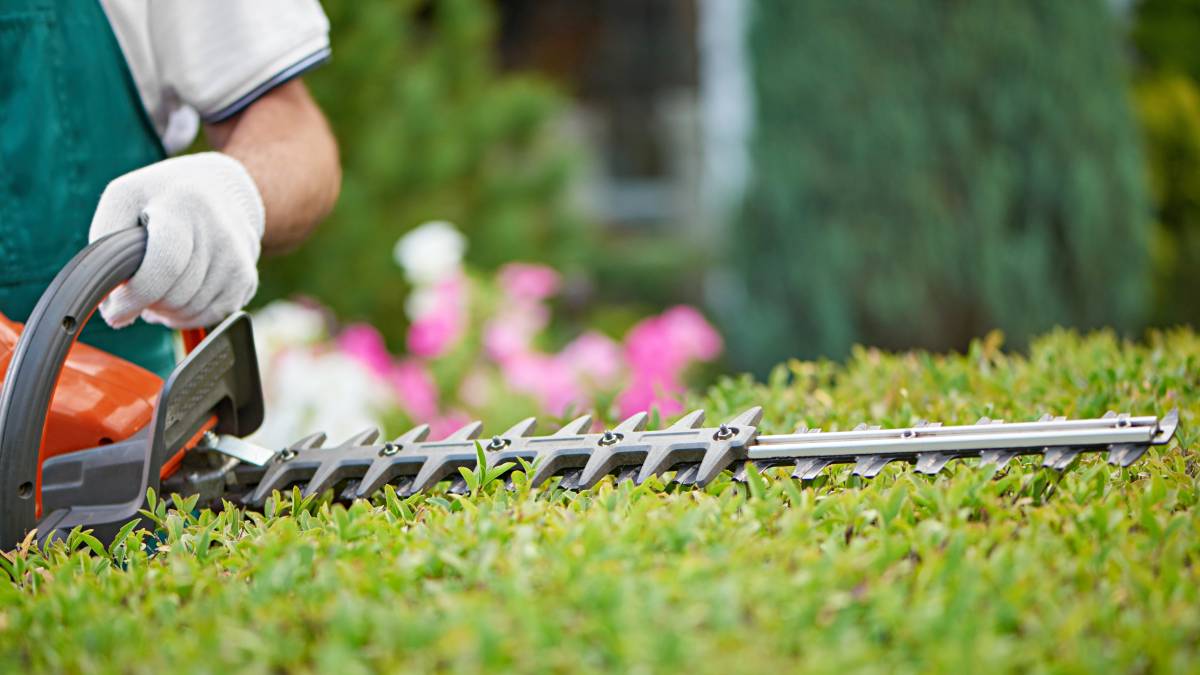
How much does hedge removal cost?
Read more
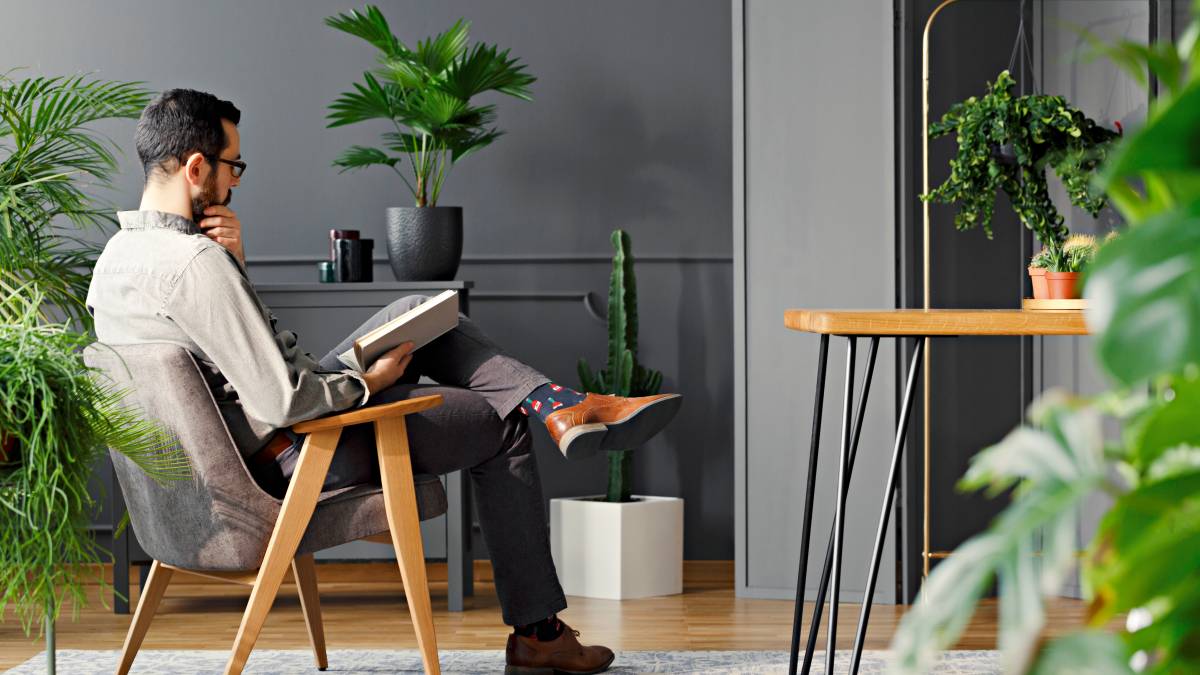
How much does a garden room cost?
Read more
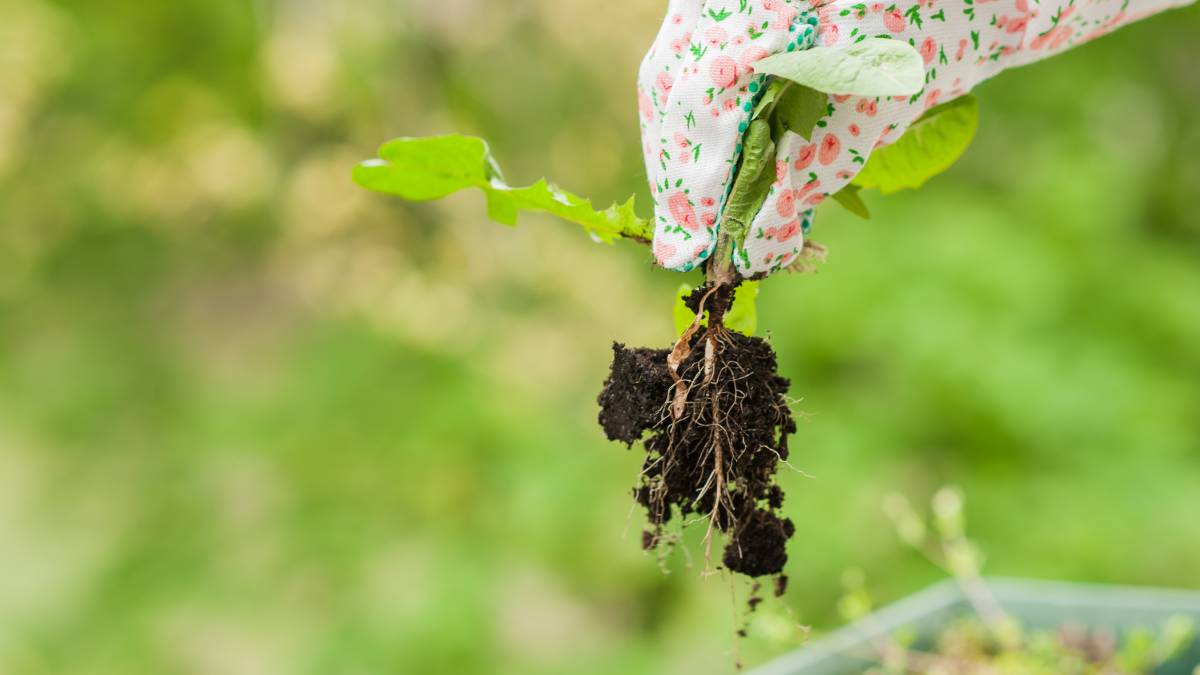
How much does weeding cost?
Read more
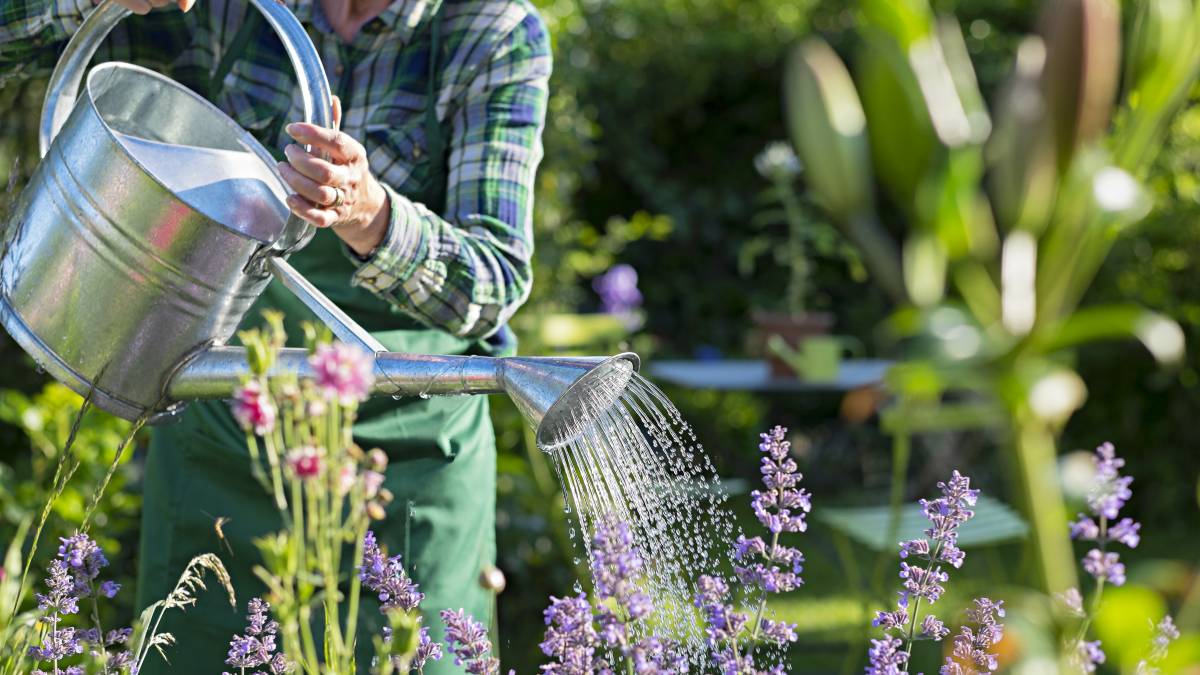
How much does a gardener cost?
Read more
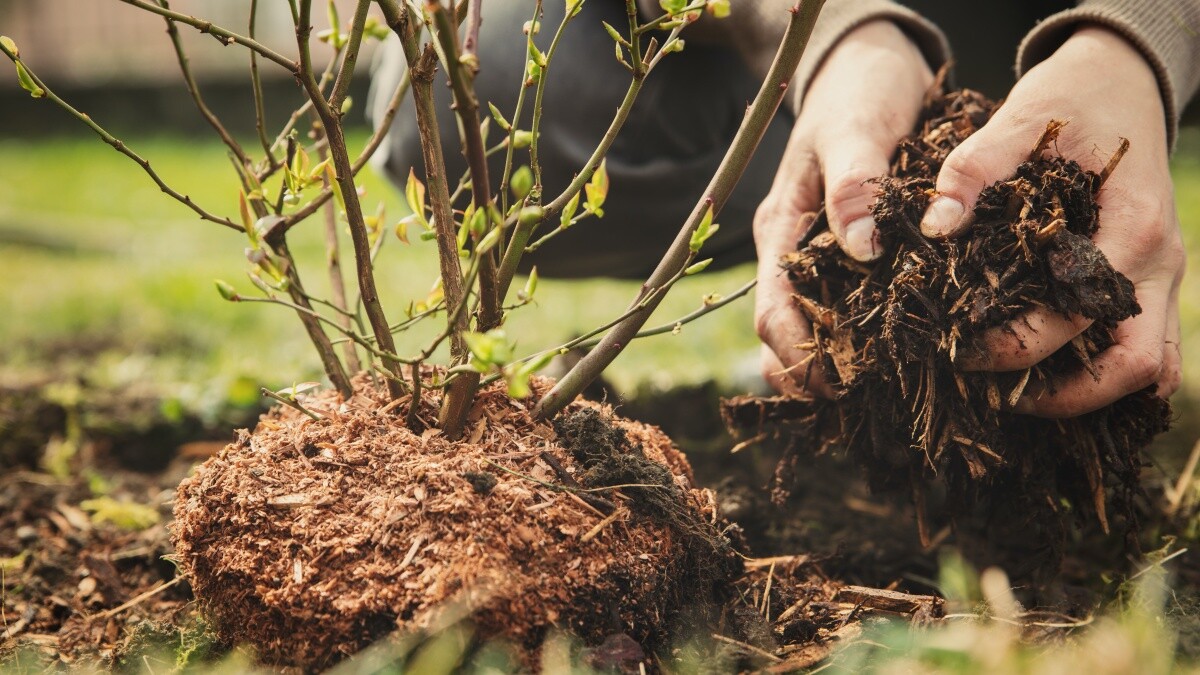
How much does mulch cost?
Read more
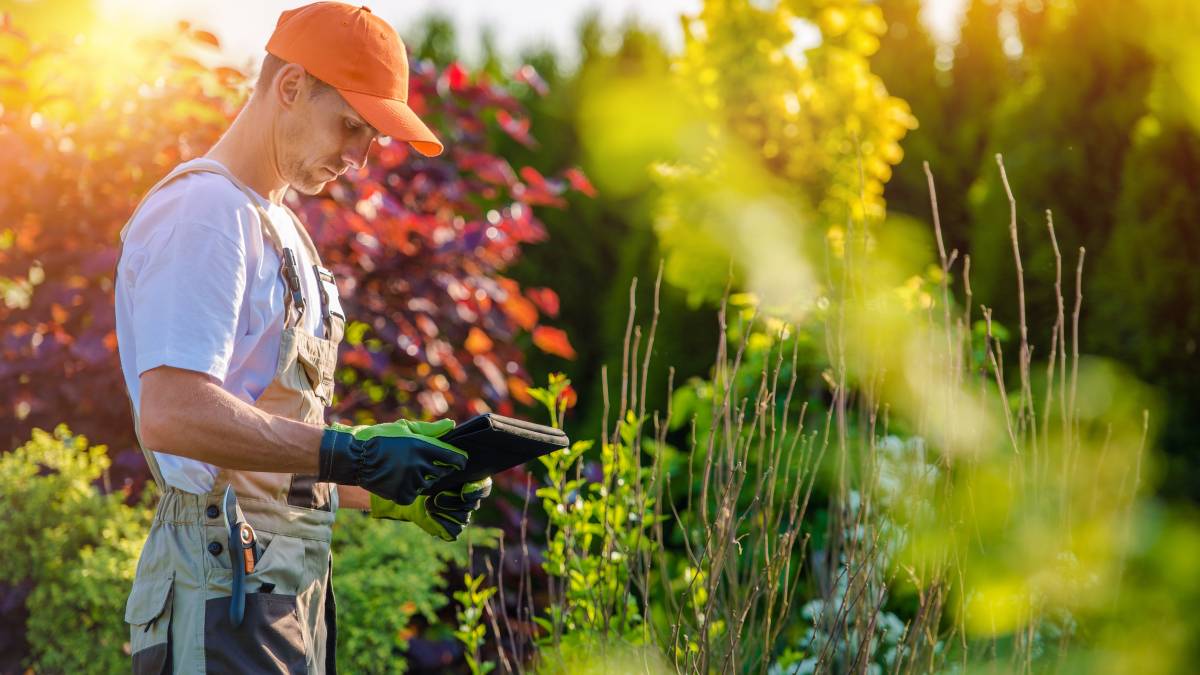
How much does garden clearance cost?
Read more
